Too much time has passed since we’ve been to Florence. Too much time has passed since my last post as well, and the more time has passed, the more I procrastinated writing again. The photos were long ready and Florence was unfairly sitting in my drawer more or less the entire summer. Let me make it up to you by this (possibly) long article.
Florence managed to enchant us despite the tourist hordes we dreaded, and for a city almost synonymous with the Renaissance and the powerful families from the period, looking back to our visit I see a modern city, with cool market, hipster bars serving chai latte (and it’s Italy I’m talking about!) and quirky shops. We’ve spent two days there, without a particular plan- in Florence, there is such a high concentration of magnificent art and architecture that you don’t really have to plan, it just surrounds you.
Our two days in Florence started with food- as most of our trips do. The first place we visited in the city was Mercato Centrale, the second place- famous Trattoria Mario, literally facing each other. Mercato Centrale reminded me of Pula Market, only from the outside though, for as much as I like our market, the Florentine one is a treasure’s chest. It is a traditional Italian market on the ground floor, with neatly dressed vendors selling all sorts of Tuscan vegetables, elderly couples selling sausages, giant wheels of Parmigiano cut in half for display, all sorts of dried delicacies- lentils, tomatoes, beans, you get the picture. And the inevitable lampredotto sandwiches, made of slowly cooked cow intestines (I did try them, and even though I am usually the one to like these sorts of things, wasn’t that impressed).
The first floor is a recently opened modern gastronomic space- with food stalls and restaurants offering both Italian and international cuisine, a cooking school and a piano for the guests to use. That evening we had Chinese dumplings there, beer and crepes while watching a football match. Later I read that the glass and iron building was built by Giuseppe Mengoni in 1874, the same architect that built famous Galleria Vittorio Emanuele II in Milan (I wrote about it in 2017). While I was researching for this post, I found out that Mercato Centrale has its own radio station that plays only Italian music (an interesting selection I’d add)- and you can listen to it here!
Our first lunch in Florence was in Trattoria Mario, very popular among tourists, but deservedly so. We arrived early and found a spot at a small table in the corner (but the place was crowded and the people just kept coming in, sharing tables among strangers). Even though this place is famous for the Fiorentina steak (and the cook wears a hat that says “Cotta bene, non va bene”, meaning “Well done, not done well”), we ordered the ribollita- thick Tuscan soup. Frances Mayes wrote about it in Under the Tuscan Sun saying that it should be so thick that if you stick a spoon in it, it should stay upright. Then, half a chicken, boiled potatoes, braised pork chops and cannellini beans on the side. The dishes were simple, homemade food, the price was surprisingly low, but the atmosphere was what makes it an experience. I should mention here that the owner is a huge fan of his native Fiorentina football club, which has sort of an issue with Torinese Juventus. So the walls are covered in purple Fiorentina memorabilia, the insults towards Juventus and at the bottom of each receipt, there is a “Forza Viola!” message (meaning, “Go, Purple!”).
A walk around the center reveals one architectural wonder after another- the Santa Maria del Fiore cathedral with marble facade in the shades of white, pink and green; its giant dome, built by Brunelleschi, that is still the largest masonry dome in the world, and whose building secret was never completely revealed; the gilded door of the baptistery, made in delicate reliefs by Andrea Pisano and Lorenzo Ghiberti; the Palazzo Vecchio which seems like a fortress inside of a city; the Ponte Vecchio, a charming bridge with its built-in shops, once occupied by butchers, today by jewelry and souvenir sellers. It felt like walking through the pages of one of my Renaissance art books. There were crowds around the cathedral, waving selfie sticks on Ponte Vecchio, annoyingly long queues for the Uffizi Gallery and tourist scams on Piazza del Duomo. However, as soon as we passed the Arno river, things changed.
The crowds toned down, which is fascinating really, given that it is just on the other side of Ponte Vecchio, and that there is still Palazzo Pitti with its famous Boboli Gardens. And if you move towards the inside of the Oltrarno neighborhood, you found yourself inside the real, living and breathing city, with bars and shops, locals and cute dogs on the streets. Before our trip, I browsed through Girl in Florence blog, and this is where the Oltrarno neighborhood aroused my curiosity. Jewelry workshops and shops, handmade leather bags, good restaurants, lovely squares, and I was sold. We had juice in the aptly named PopCafe on the Santo Spirito Square, overlooking another one of Brunelleschi’s architectural creations, the Basilica di Santo Spirito and its strikingly bare facade, finished with many alternations a couple of centuries after the architect’s death. In the cafe, they had a small exhibition of paper collage Santo Spirito facades, made in vivid colors, and I thought they fitted perfectly the building’s simple, almost ascetic look. This quiet coexistence of the old and new, and the inspiration that the new draws from the old, can be seen everywhere in Florence.
We spent more or less the entire afternoon crisscrossing the streets of Oltrarno, entering the quirky shops and peeking through the open doors of the old and new workshops. My favorite was Officine Nora, a jewelry workshop (and shop), with a couple of residents, and a couple of tables for rent with all the tools for the rotating jewelry makers. The space is an old mechanic workshop, with large glass and metal windows, a creative mess of the work tables, and beautifully presented finished products. The jewelry is so peculiar and so skillfully made that I can both imagine it being on display in a gallery and wearing it! If you’re in the neighborhood, visit this place, it’s really something extraordinary. Our aimless wandering trough the neighborhood accidentally took us to a cool bar called Ditta Artigianale that roasts its own coffee and makes the best chai latte I have tried (I haven’t tried them that many to be honest though, but I always remember this one :)). However, it felt nice just to sit, relax, sip on the cinnamony foam, and soak in the impressions of the day in the new city.
The next morning, on our way to the center, we stumbled upon a classic, old school, nothing-out-of-the-ordinary Italian bar- a kind of bar we love to have breakfast at. We had croissants with more croissants, black tea, and jellies for some reason (they looked like jewels!). As I mentioned before, you don’t have to look to find beautiful art and architecture in Florence and so on our morning walk the Palazzo Medici-Riccardi appeared and lured us in. I learned about it in my Renaissance studies, it being the first Medici palace and the prototype for the Tuscan Renaissance palace, with its tripartite elevation, rusticated facade, and the elegant courtyard. Once inside, the play of shadow and light, the milky light coming through the dim glass, the lanterns and the chandeliers captured me the most. On the morning of our visit, there were not many people inside, and we could peacefully observe vibrant Benozzo Gozzoli’s frescoes in the chapel, delicate tapestries, and elaborate wooden furniture.
The thing I knew I wanted to visit as well as I wanted Luka to see, was Michelangelo’s architectural work, so after Palazzo Medici-Riccardi, I took him to the Biblioteca Laurenziana, another one of Medici’s contributions to the city. Michelangelo was not only a genius sculptor, but also an innovative architect, and here, he played with tradition and the classical elements in a surprising fashion. The entrance vestibule (which I don’t have photos of) is where this comes forth- the steps seem to be pouring one over the other, the walls are divided by columns that are set into the wall, the position of classical architectural elements is turned upside down. In the reading room, a marvelous wooden ceiling above, inlaid marble floors below, stained glass windows on the sides- that let just enough light in to make an intimate and kind of solemn atmosphere. I was imagining what it would be like to sit at one of those tables, reading- using this space for what it was intended to be, and not merely as a visitor.
We wanted to go back to Oltrarno that day, with a vague intention of visiting the Boboli Gardens, but somehow on our way there we found out about Giardino Bardini garden nearby and decided to check it out. This must be my favorite memory from Florence and one of the most beautiful afternoons ever spent. As we were climbing up the cascade garden and marveling at the colorful flowers, a different view of the city and the Brunelleschi’s dome would open up each time we would climb one level higher. Then there was the discovery of a little circular garden with the brightest pumpkin in the middle, that looked so magical, reminding me of the Cinderella story. On top of the garden, we sat at a bar situated in a loggia with a spectacular view of the city, delicious frozen gelato and the calm atmosphere that made time seem passing slower here. The garden was recently restored and opened to the public, but it seems that not many people know about this place. It was just what we’re always looking for.
We descended to Boboli Gardens afterwards, which after the magic of the Bardini Gardens seemed ordinary, even though it was one of the first examples of the “Italian garden”, even though it served as an inspiration for many court gardens in Europe that followed. I always look for the orangery, spellbound by the scent of the citrus trees, the play of shadow and light, pots filled with sprouting plants, large cacti in beautiful terracotta pots that make me want to work in my garden back at home (even though I’m far from a gardener in real life). The garden belongs to and is “hidden behind” another one of the Medici’s palaces, the Palazzo Pitti, an enormous structure that is considered a symbol of Medici’s power. We preferred watching the golden afternoon glow on its rusticated facade than entering the palace, and later wandering a little bit more the streets of Oltrarno before heading for a dinner that wasn’t anything out of the ordinary, but I would recommend a creamy prawn risotto that I had so here it is in case you find yourself in the neighborhood. The next day, we were heading to Lucca, where we had a Rolling Stones concert to attend to, and as many times before, ended up falling for this small Italian town and its lively everyday. Hopefully it won’t take too long again for me to write about it.
*If you enjoyed this post and would like to encourage me to spend more time on this blog, please consider buying me a coffee via the link below. Thank you!
Anja
Pin this article for later!


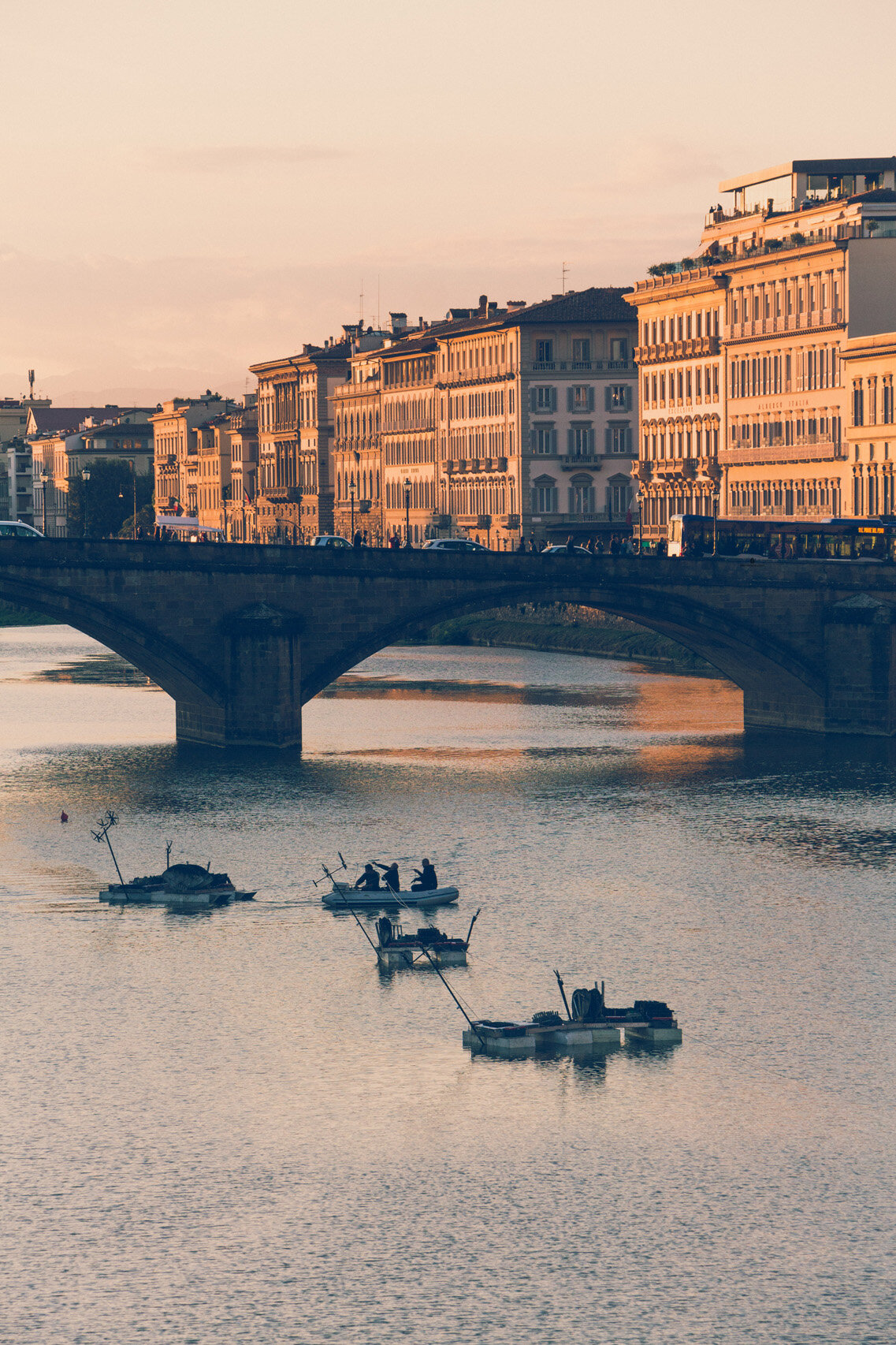
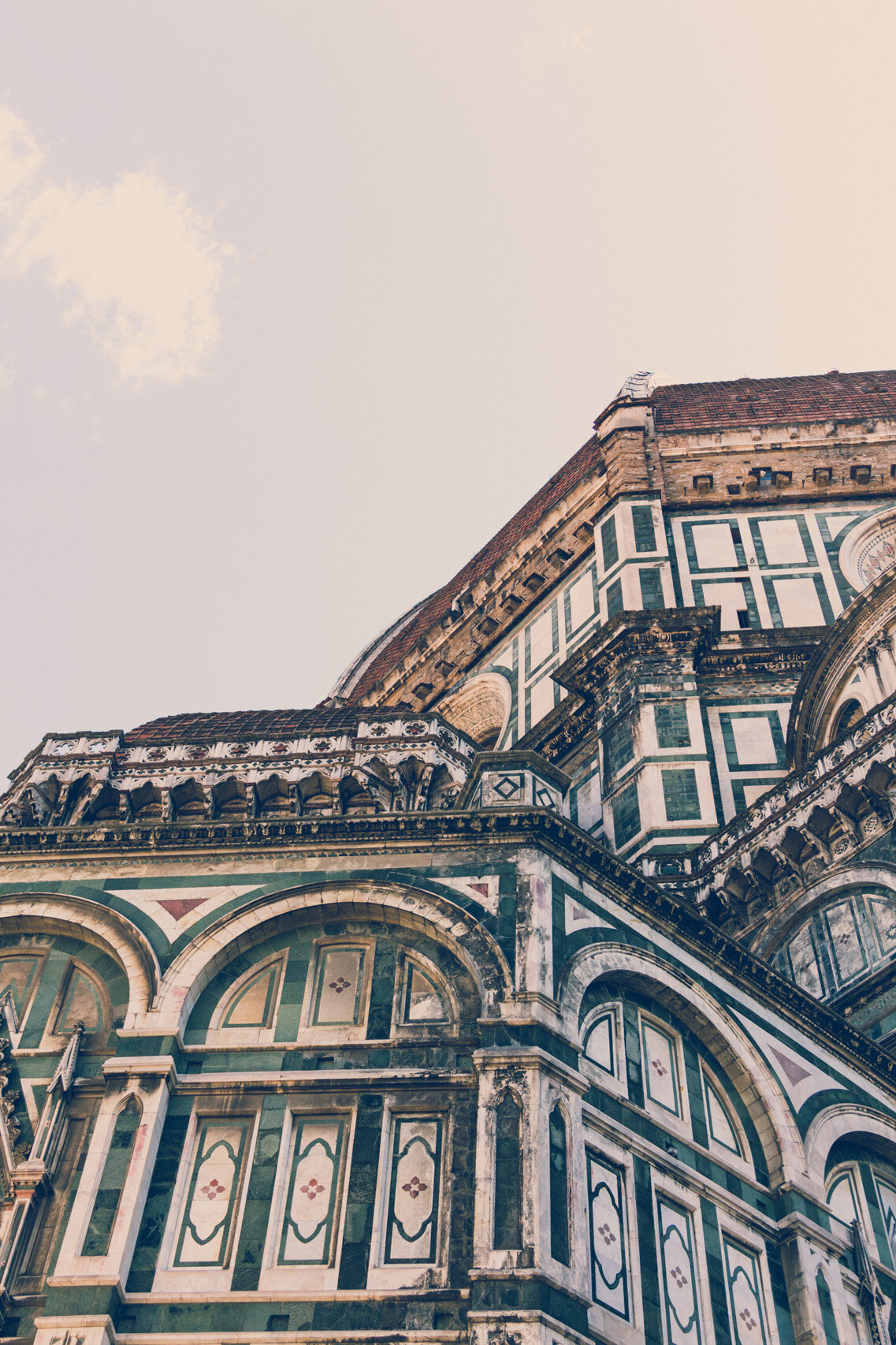
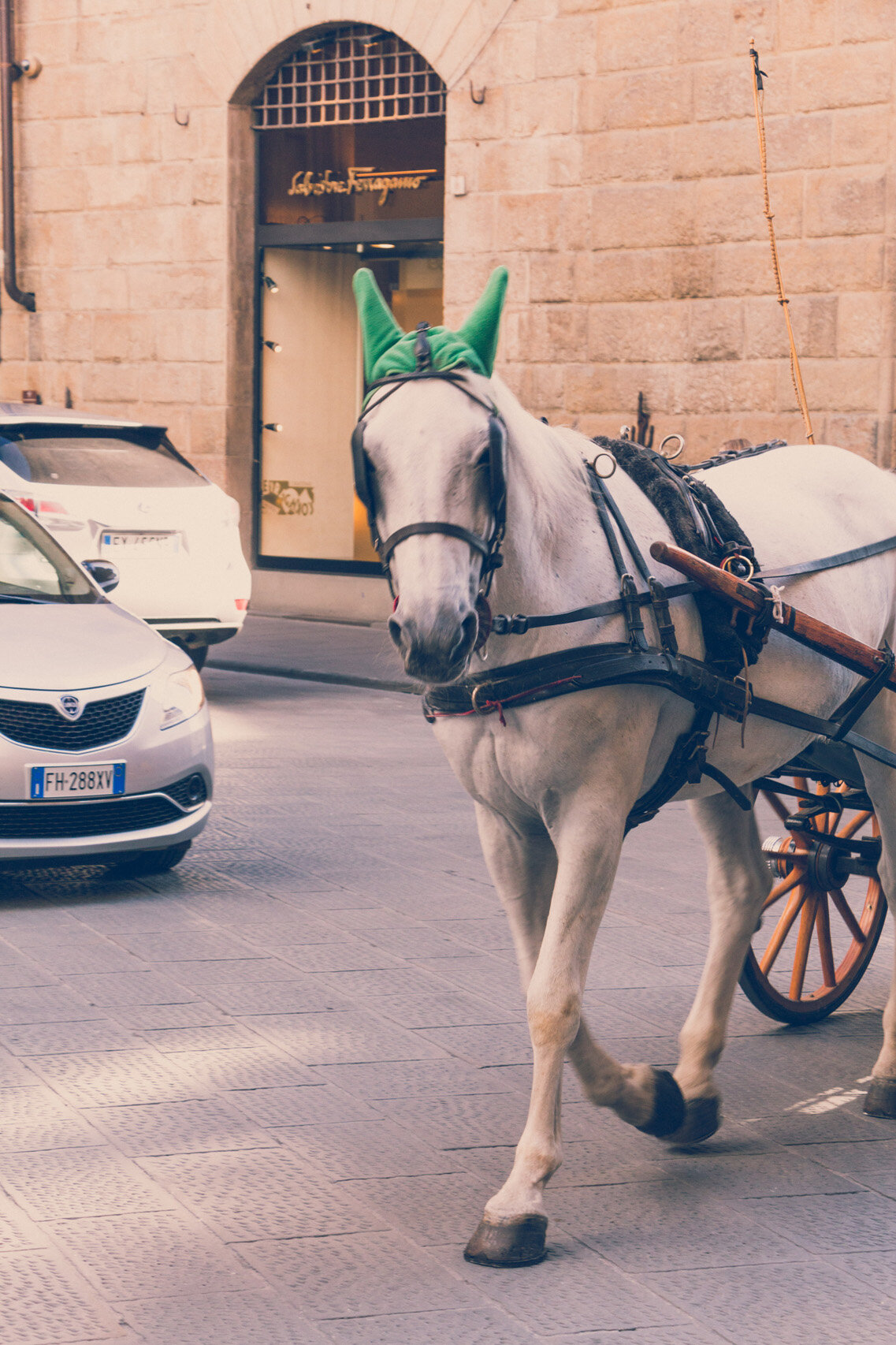
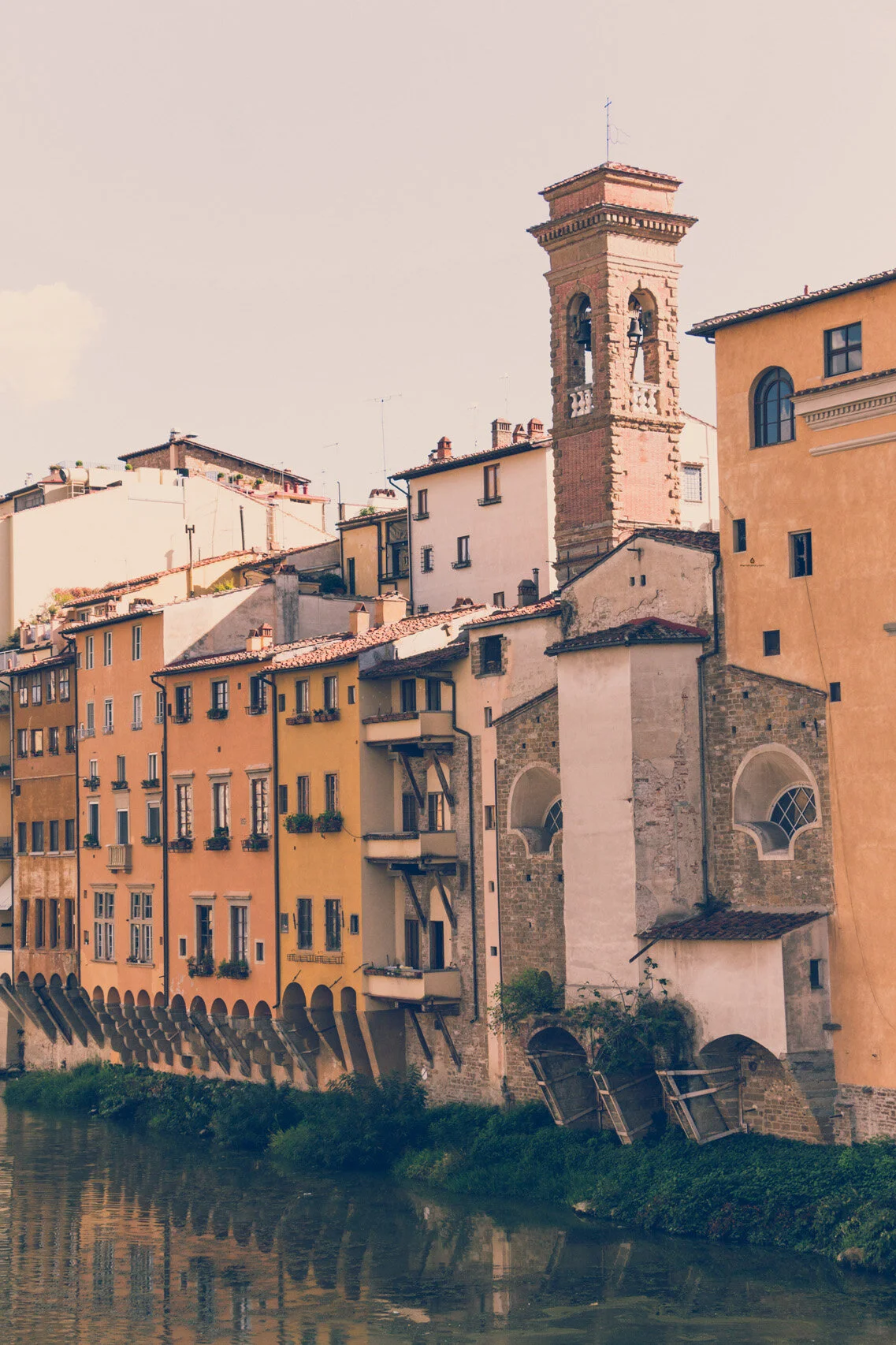
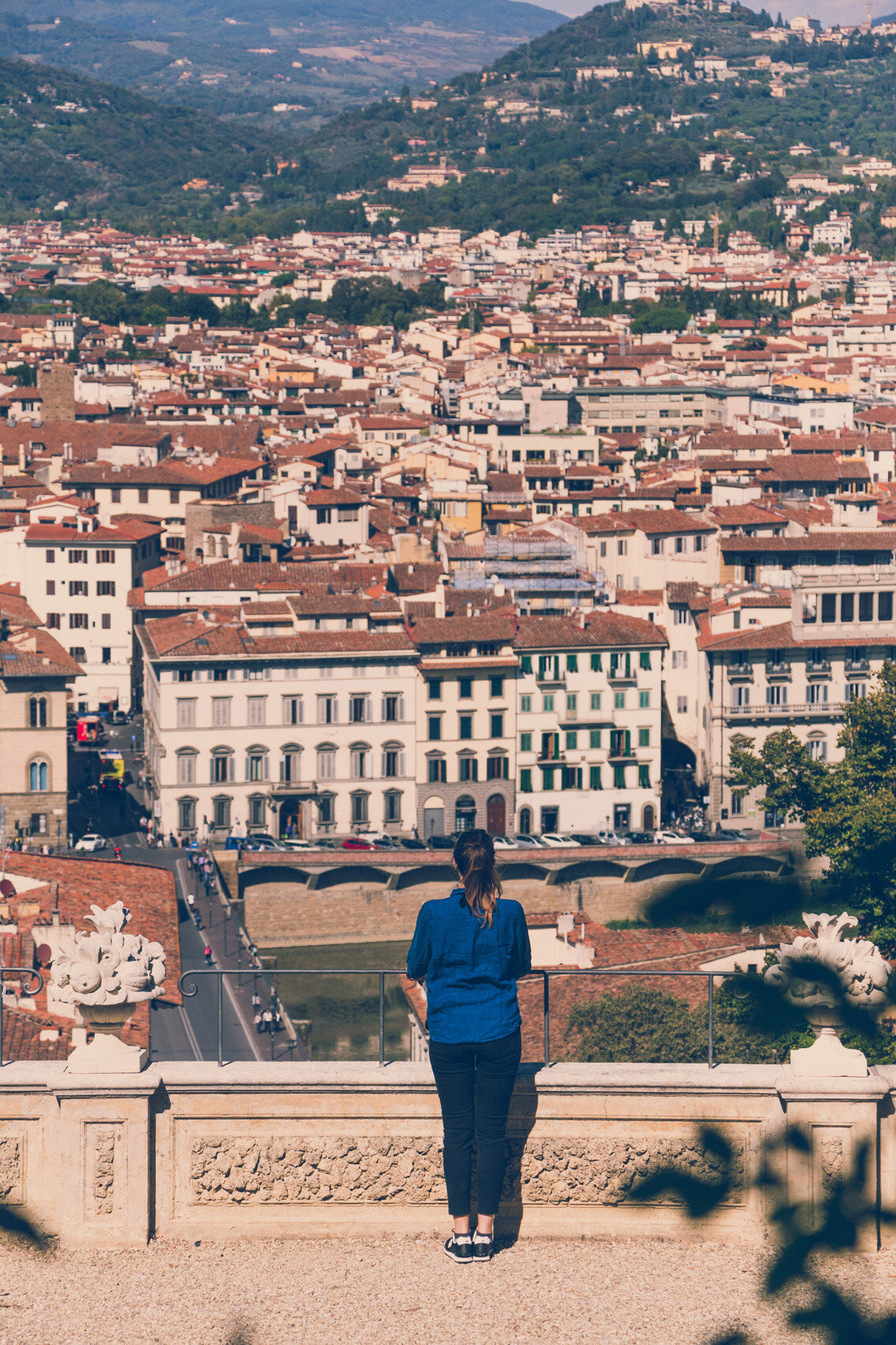
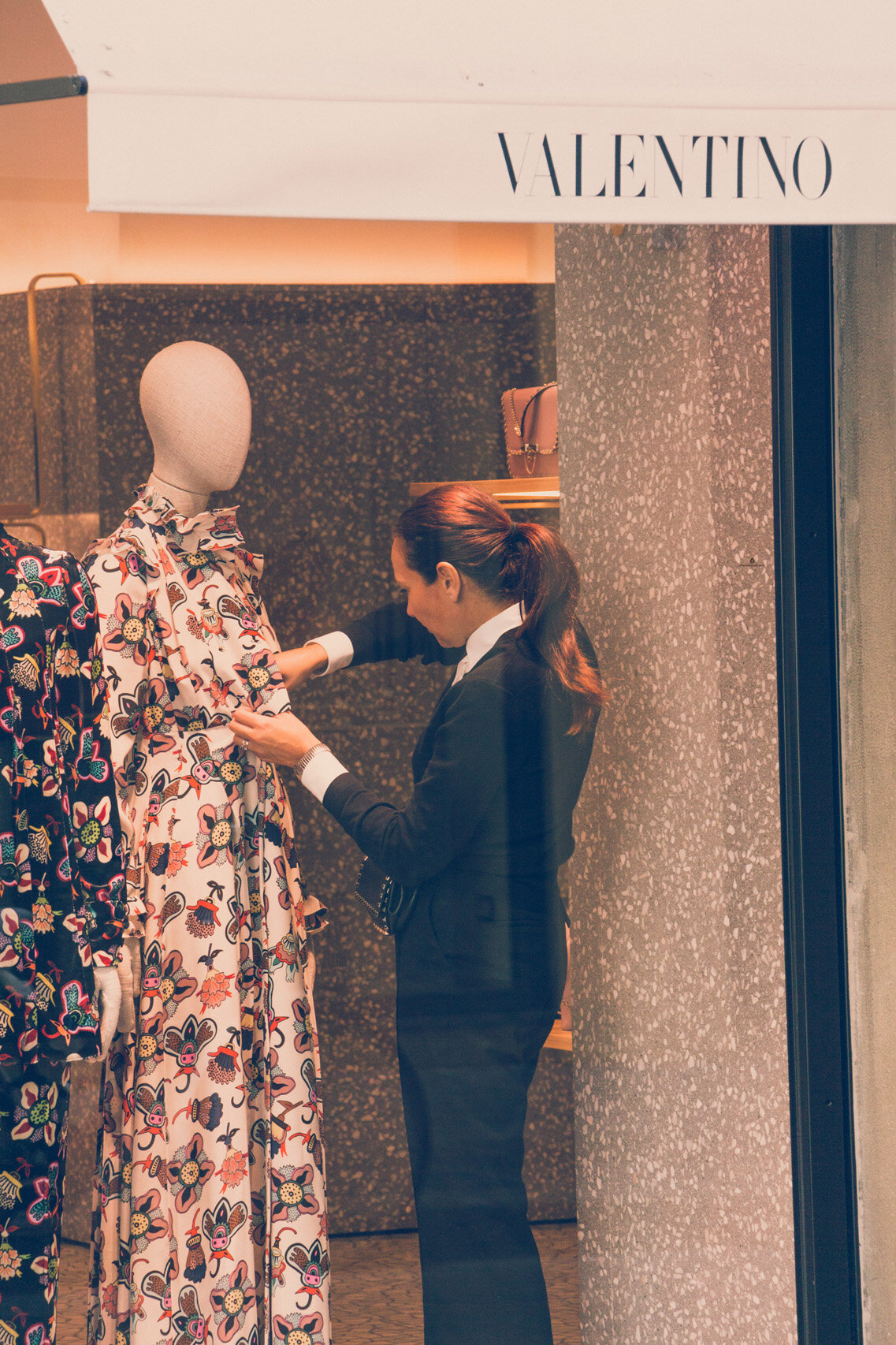




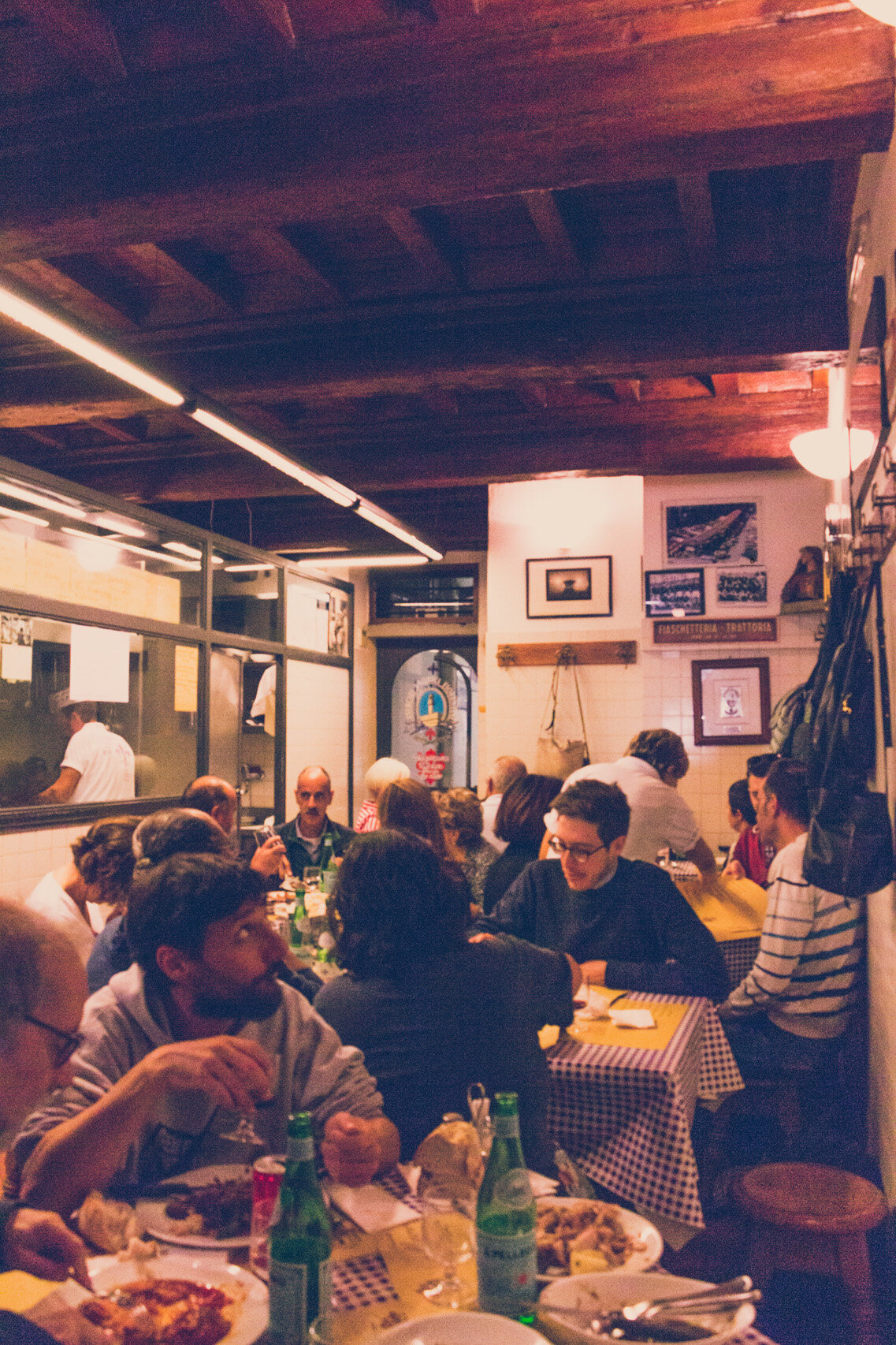
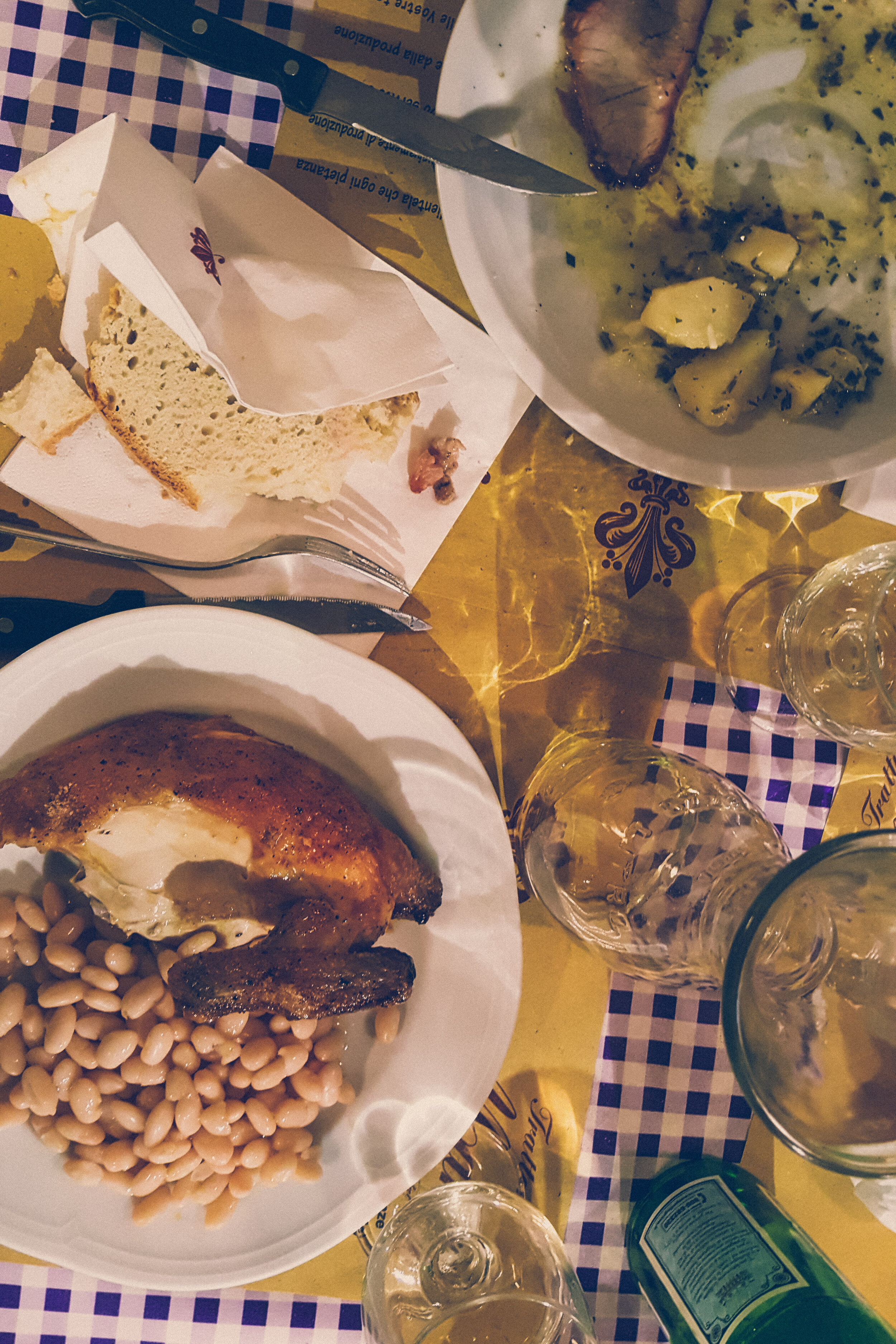

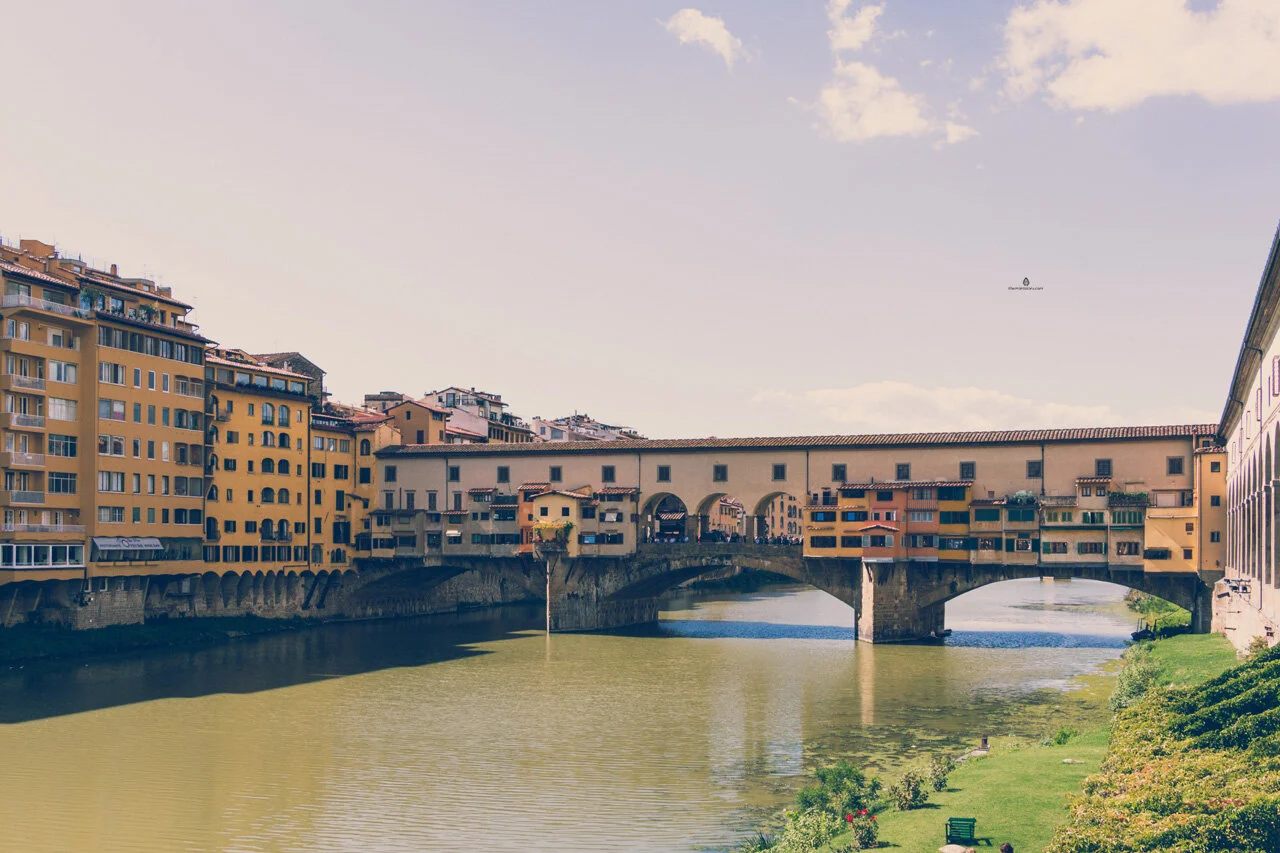
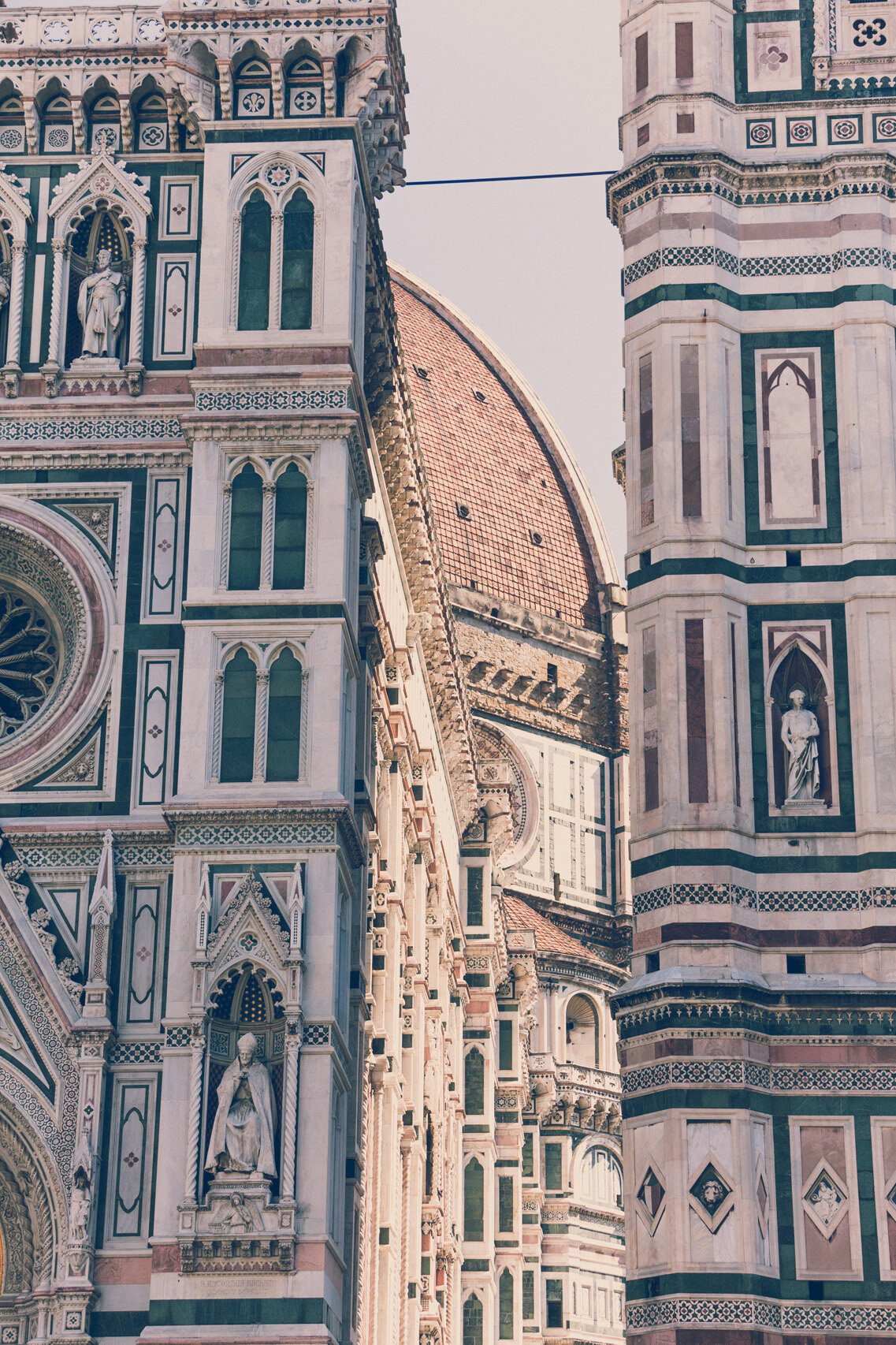
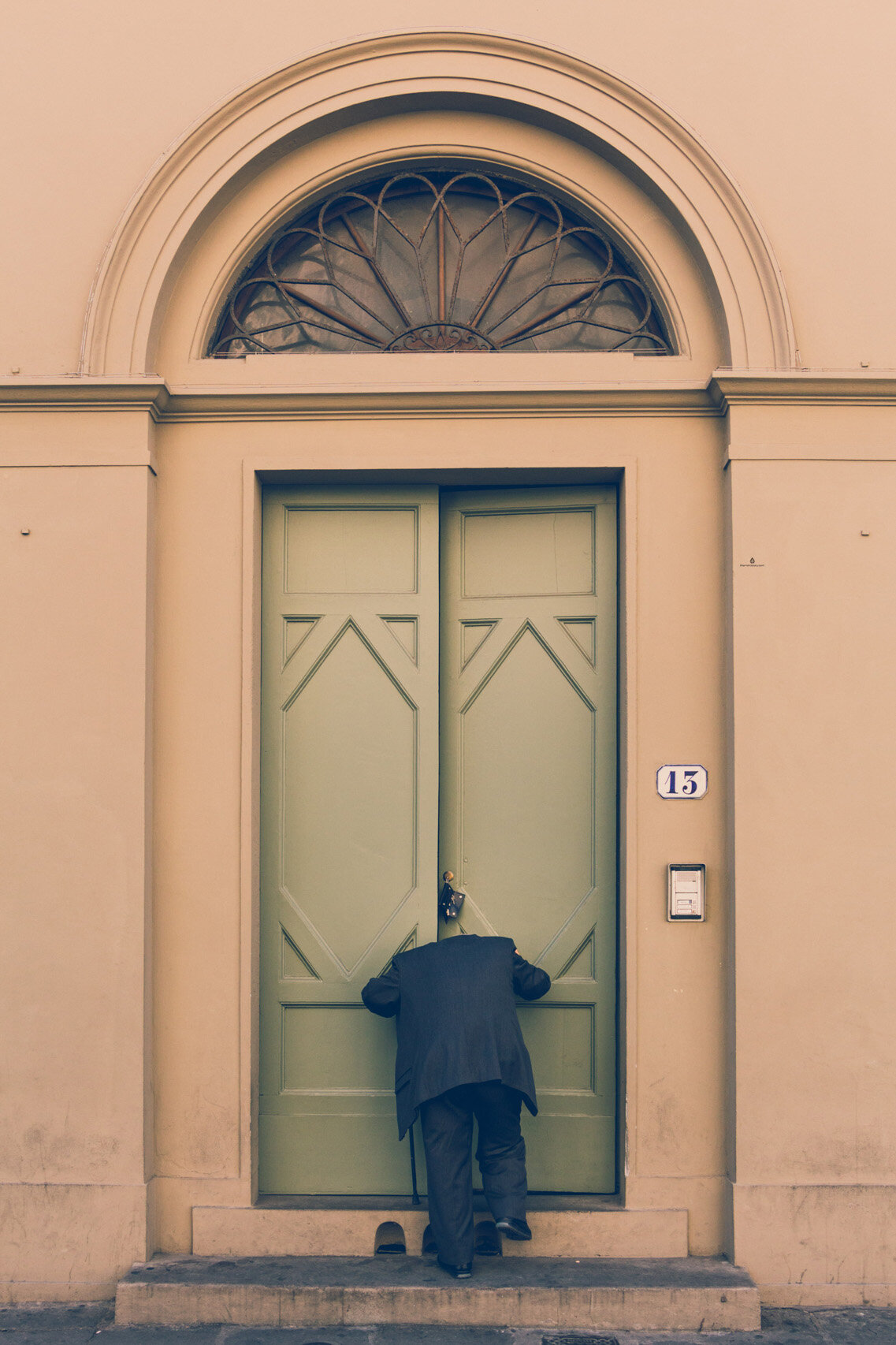

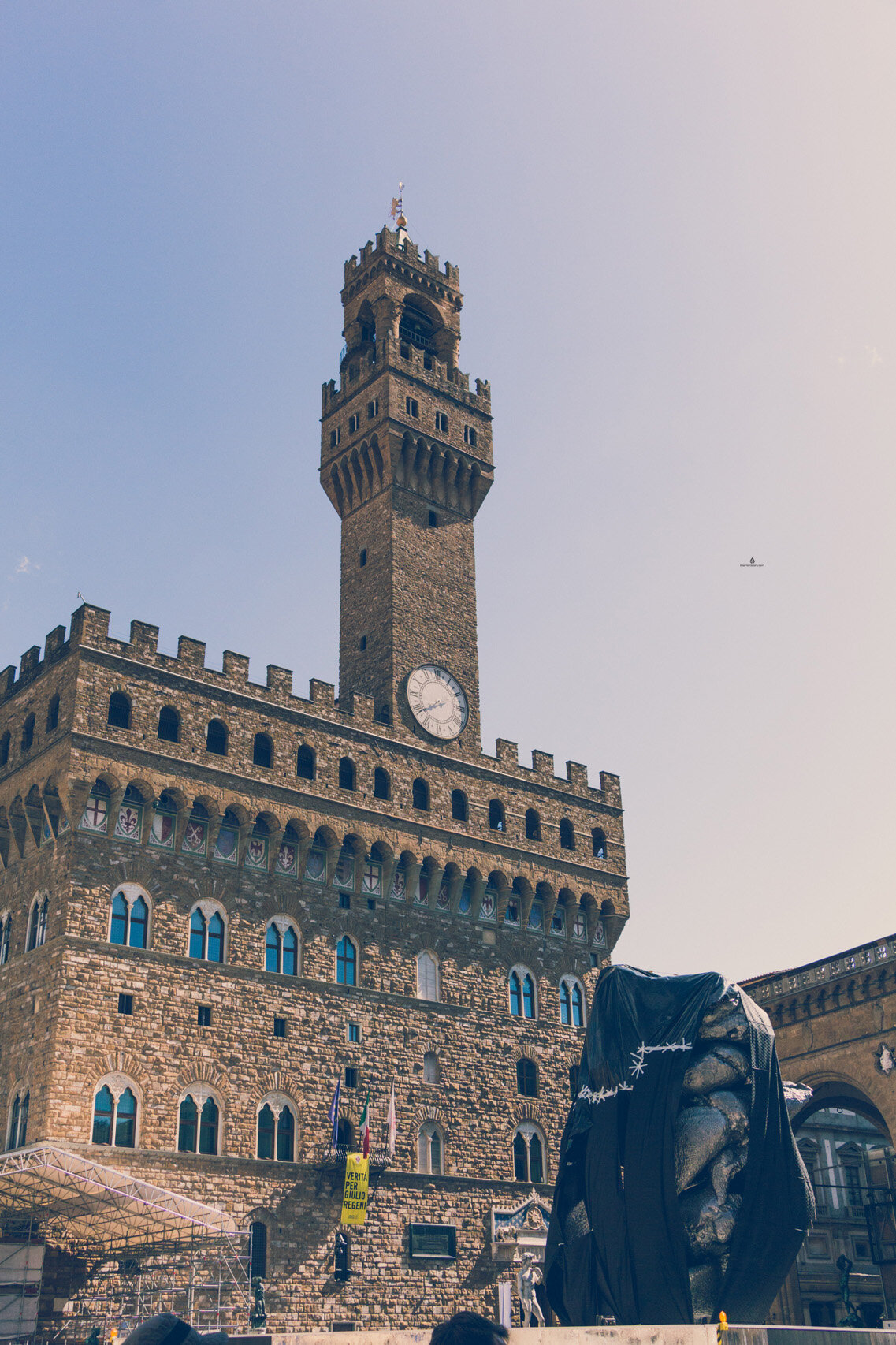
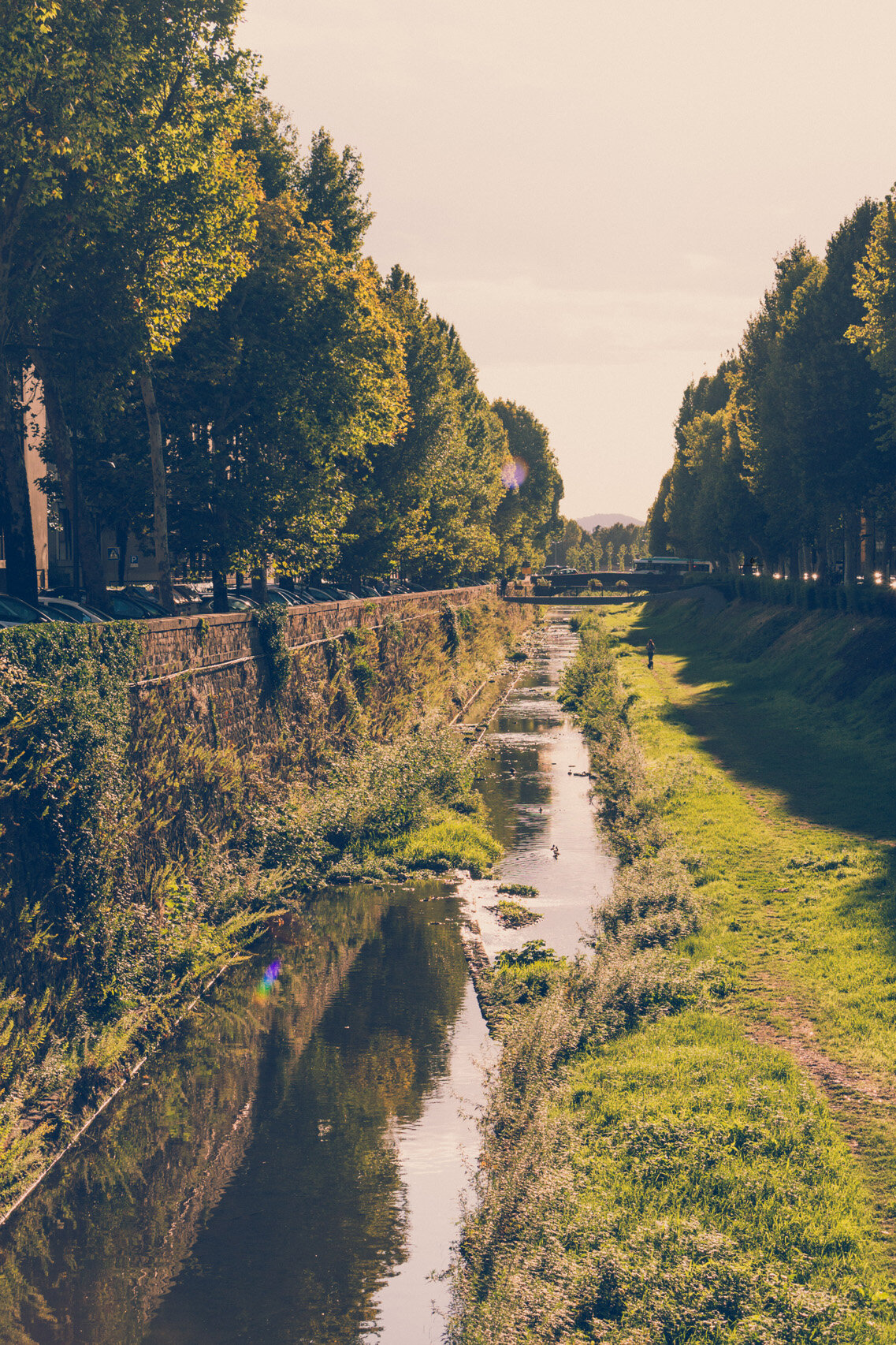
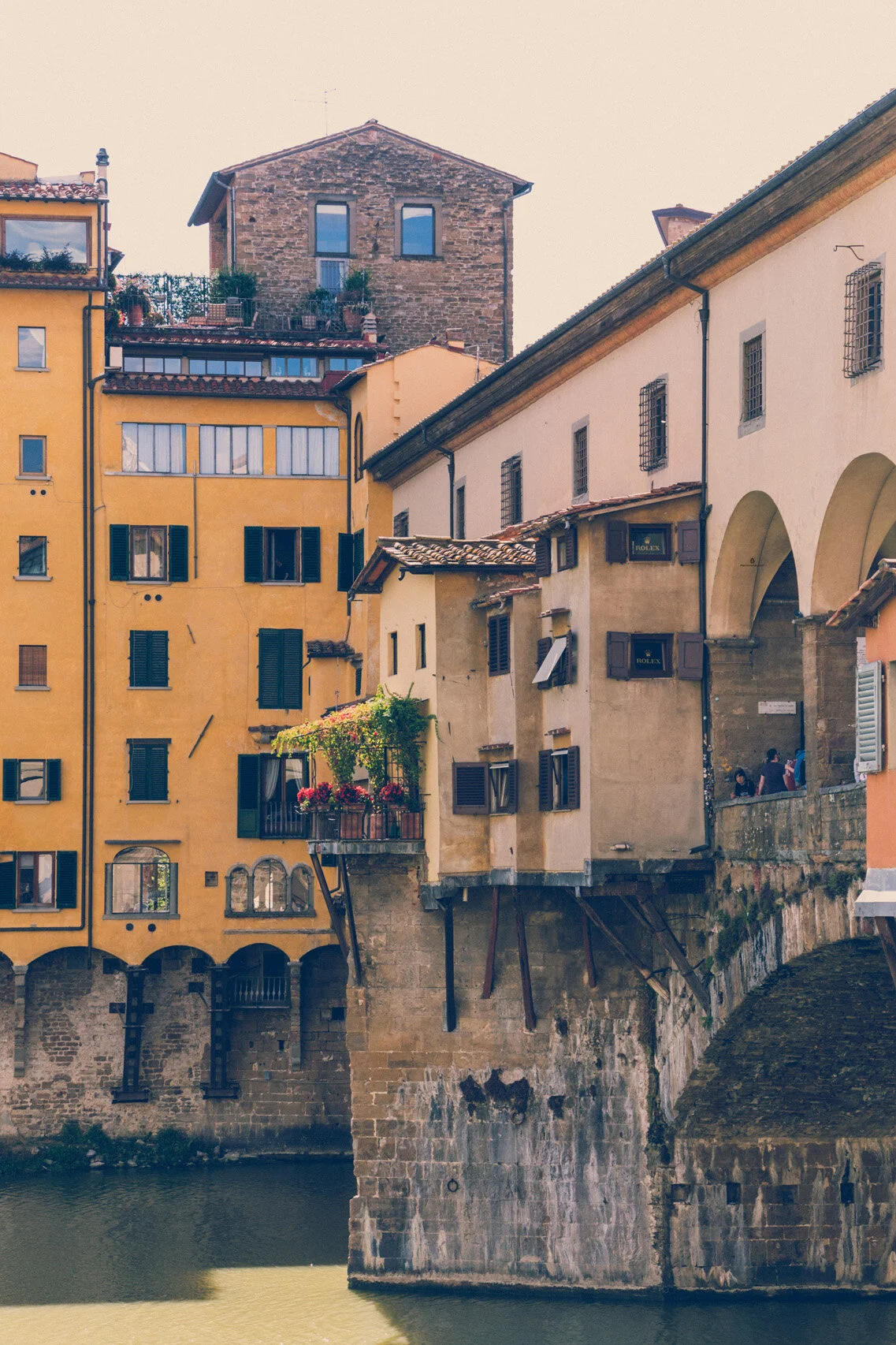
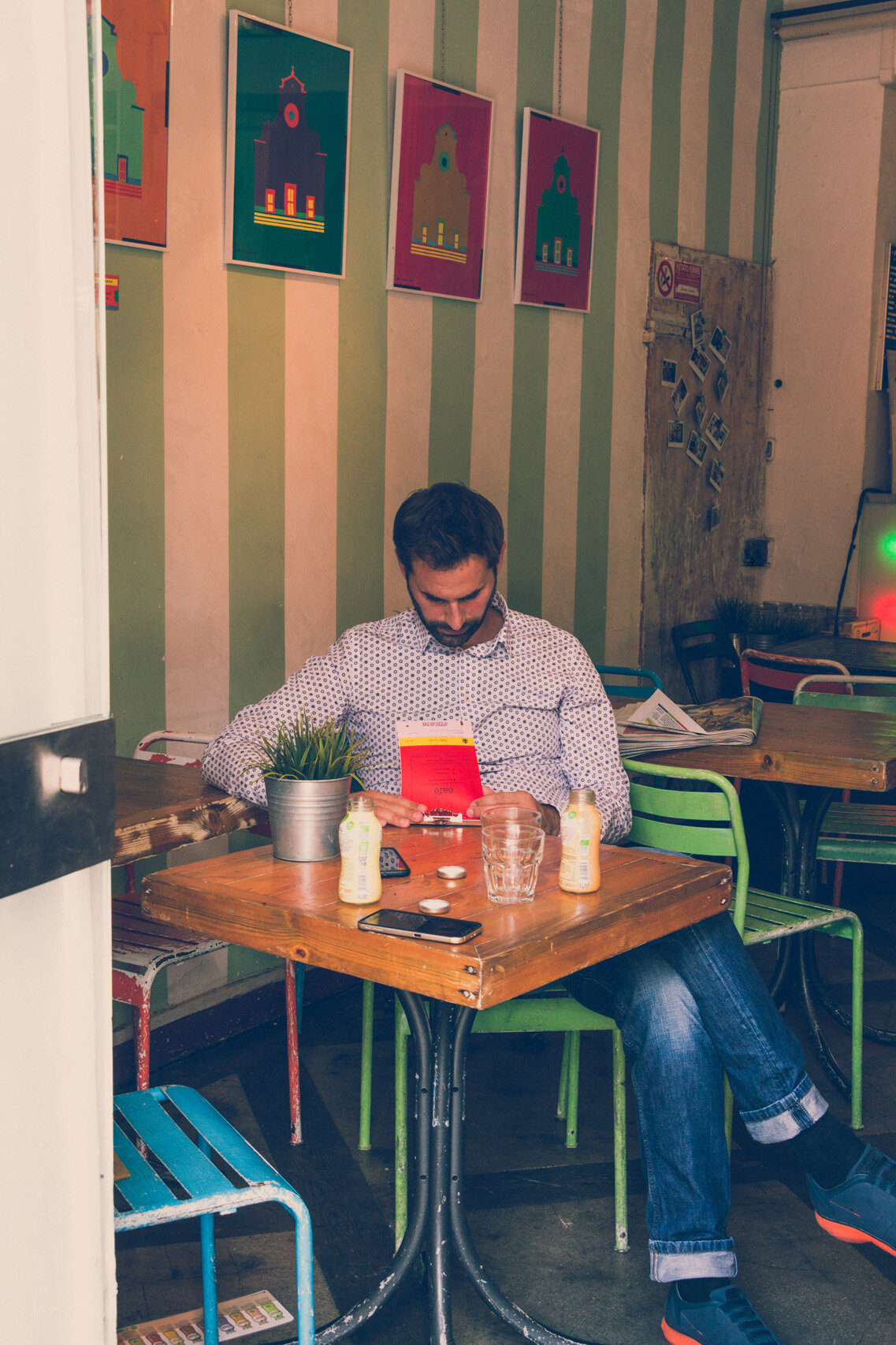
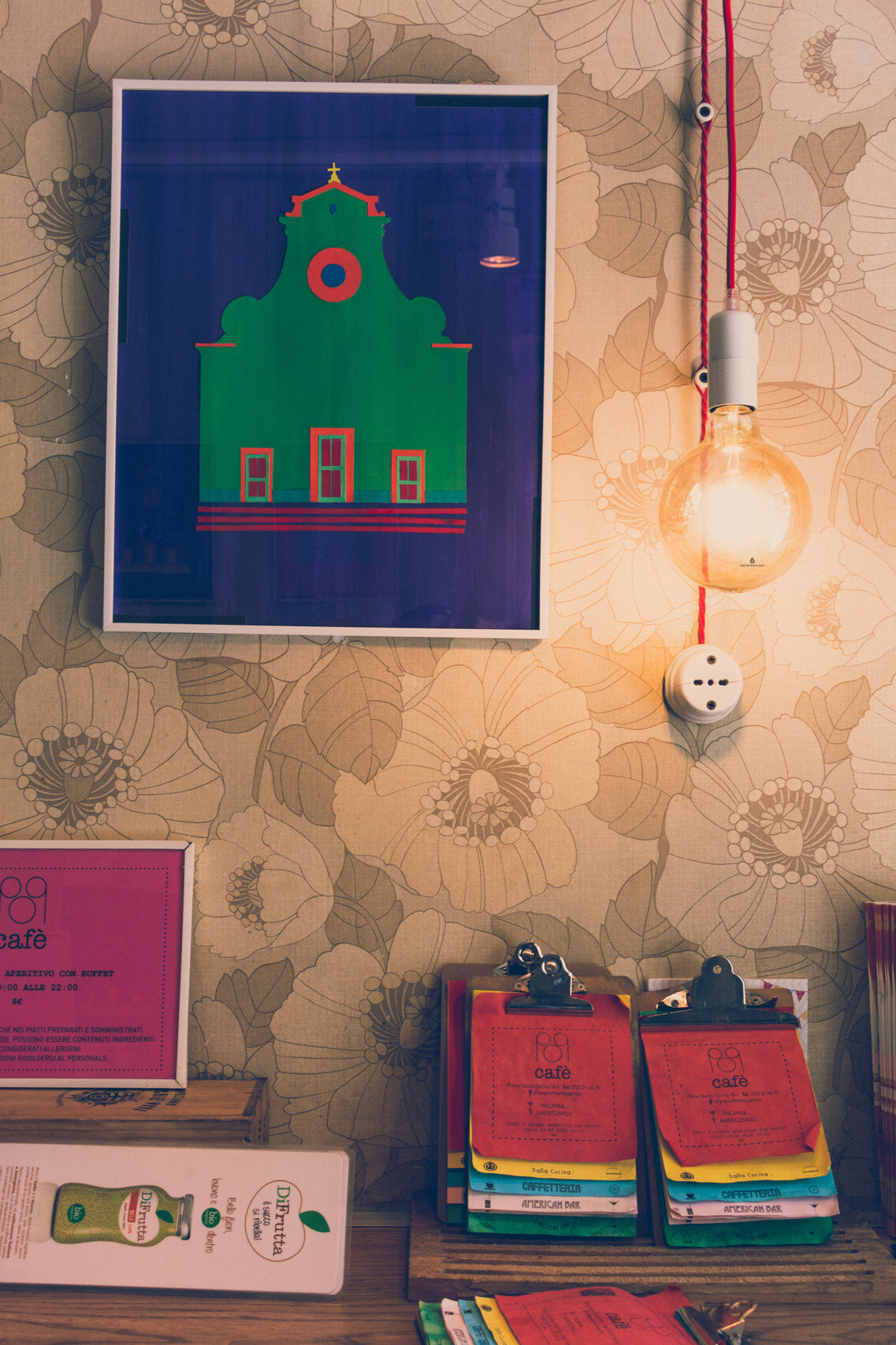


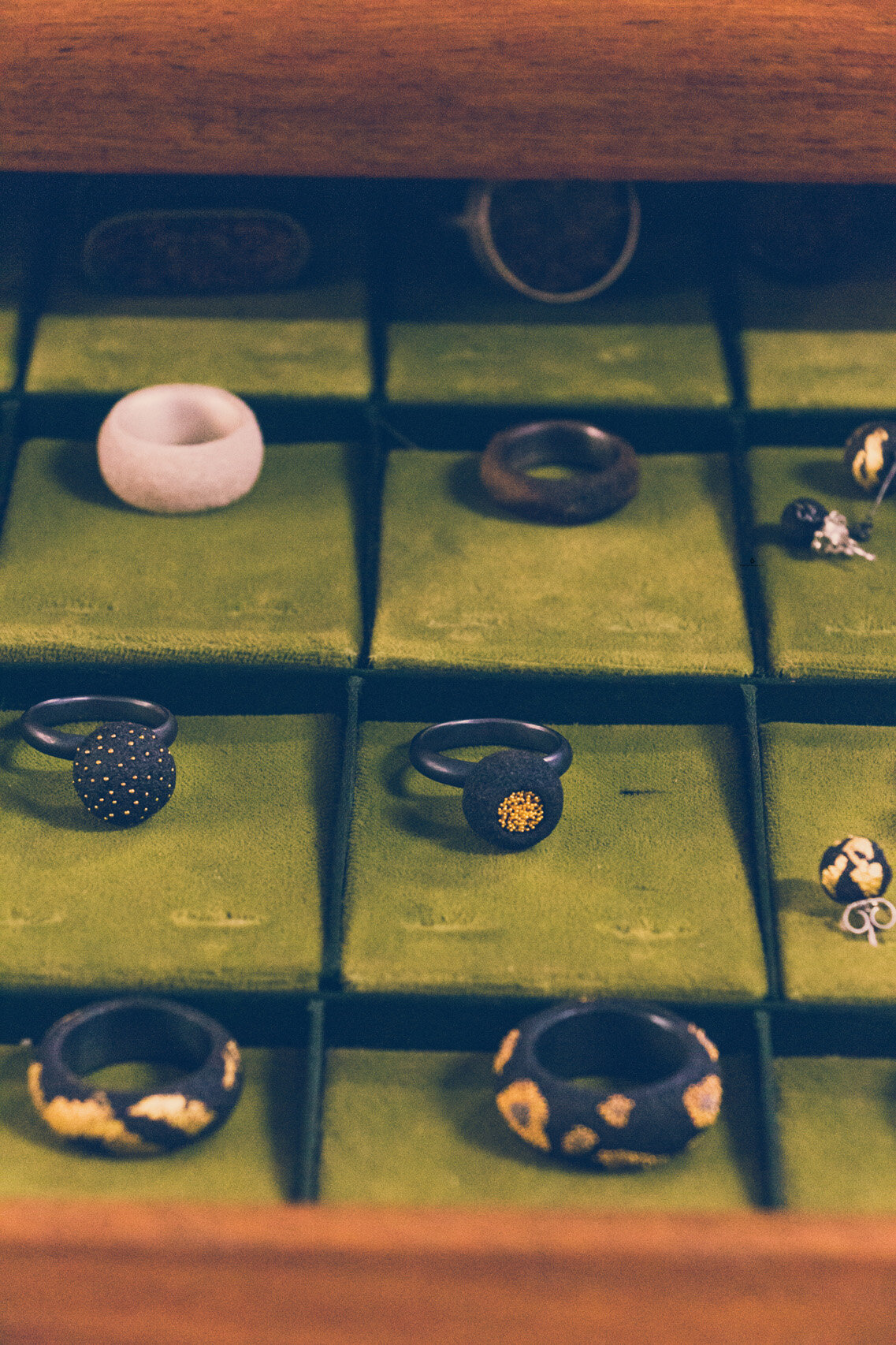

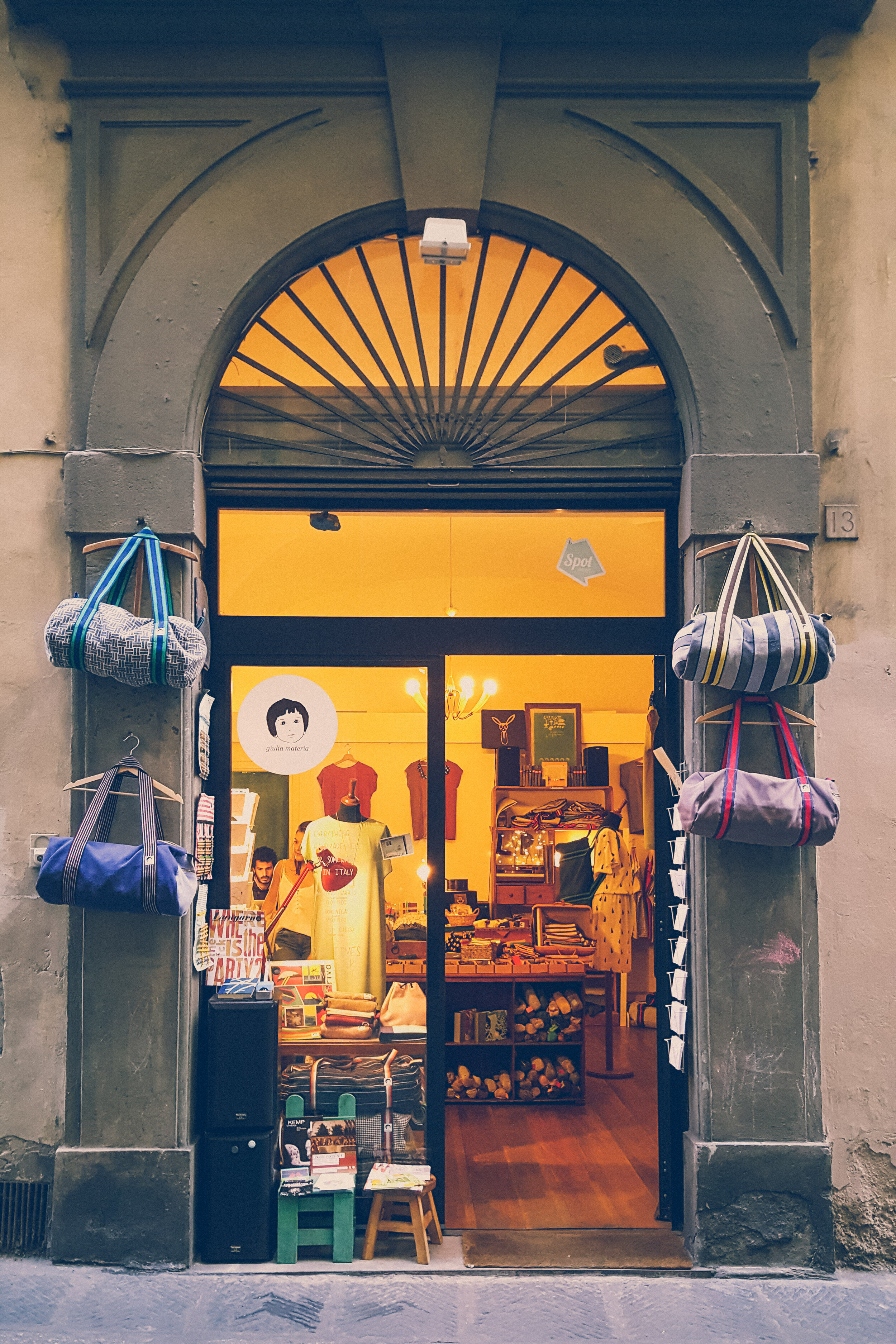
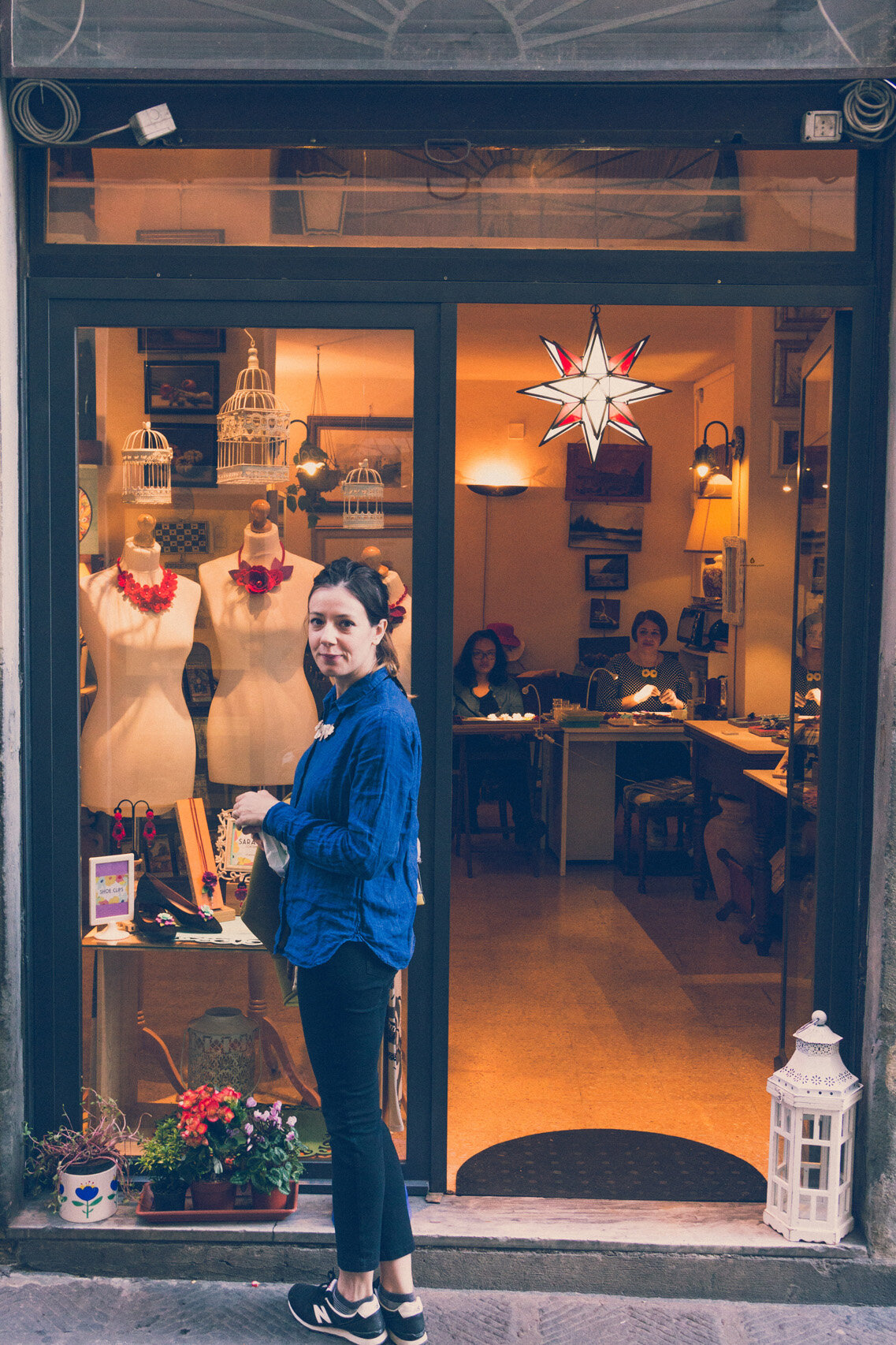
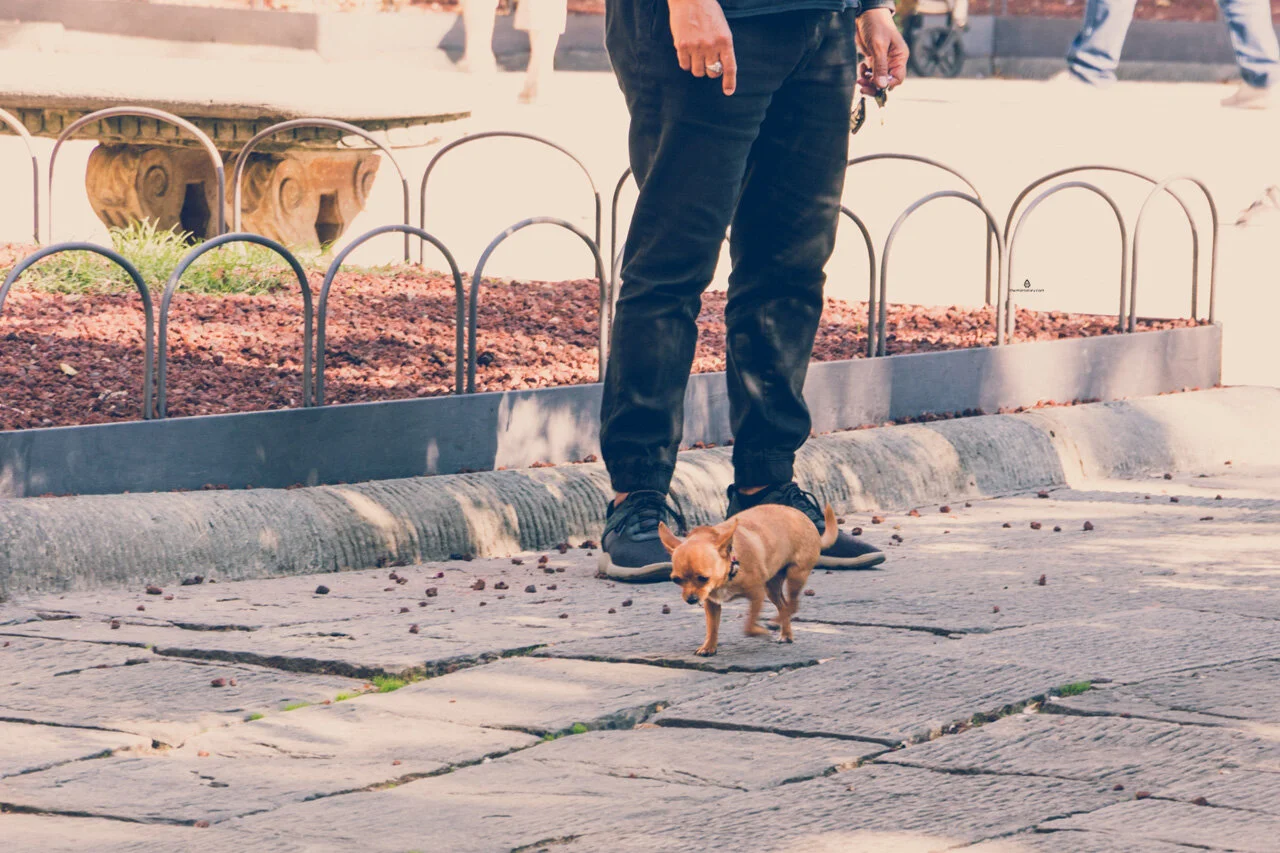
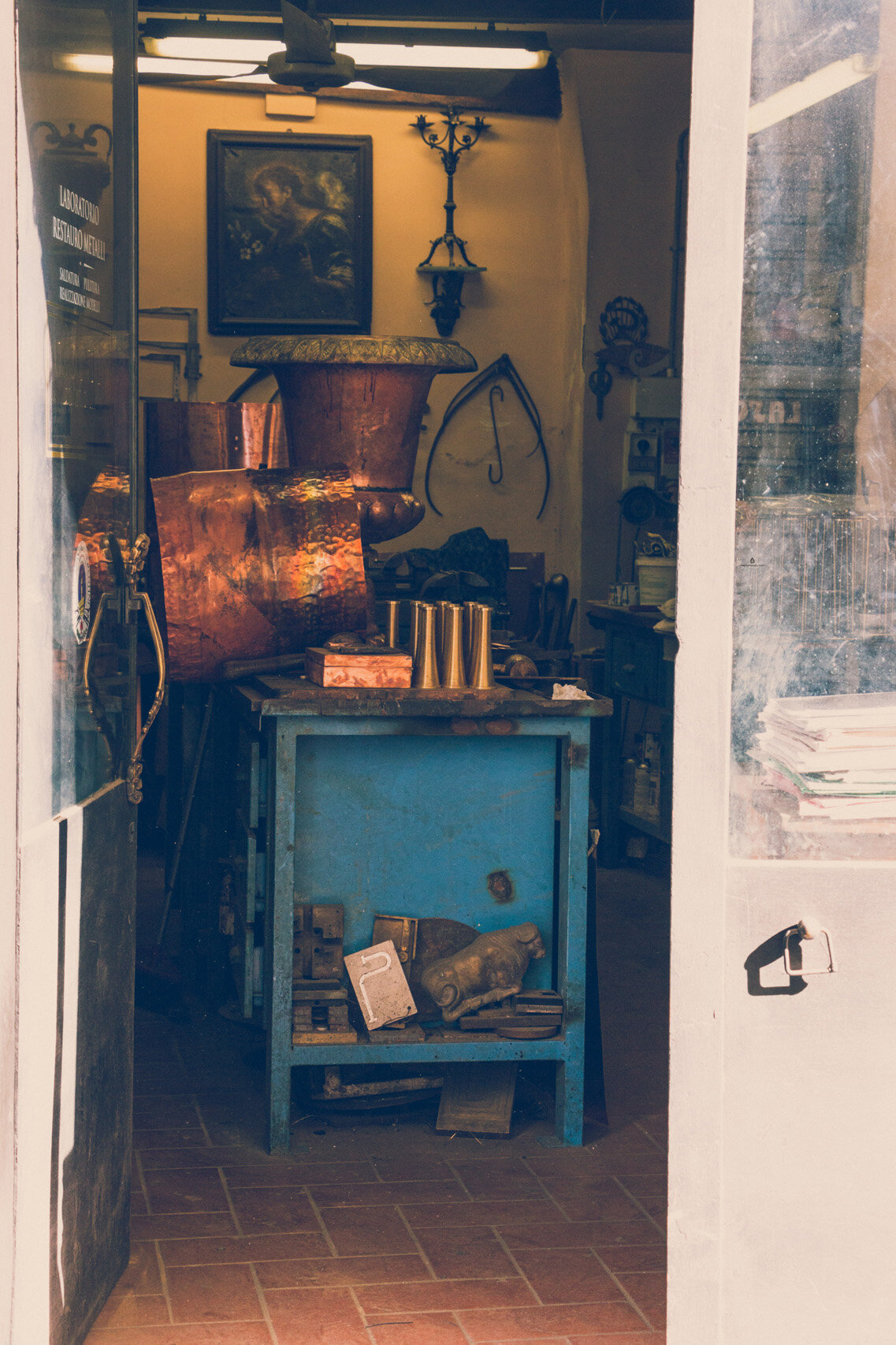
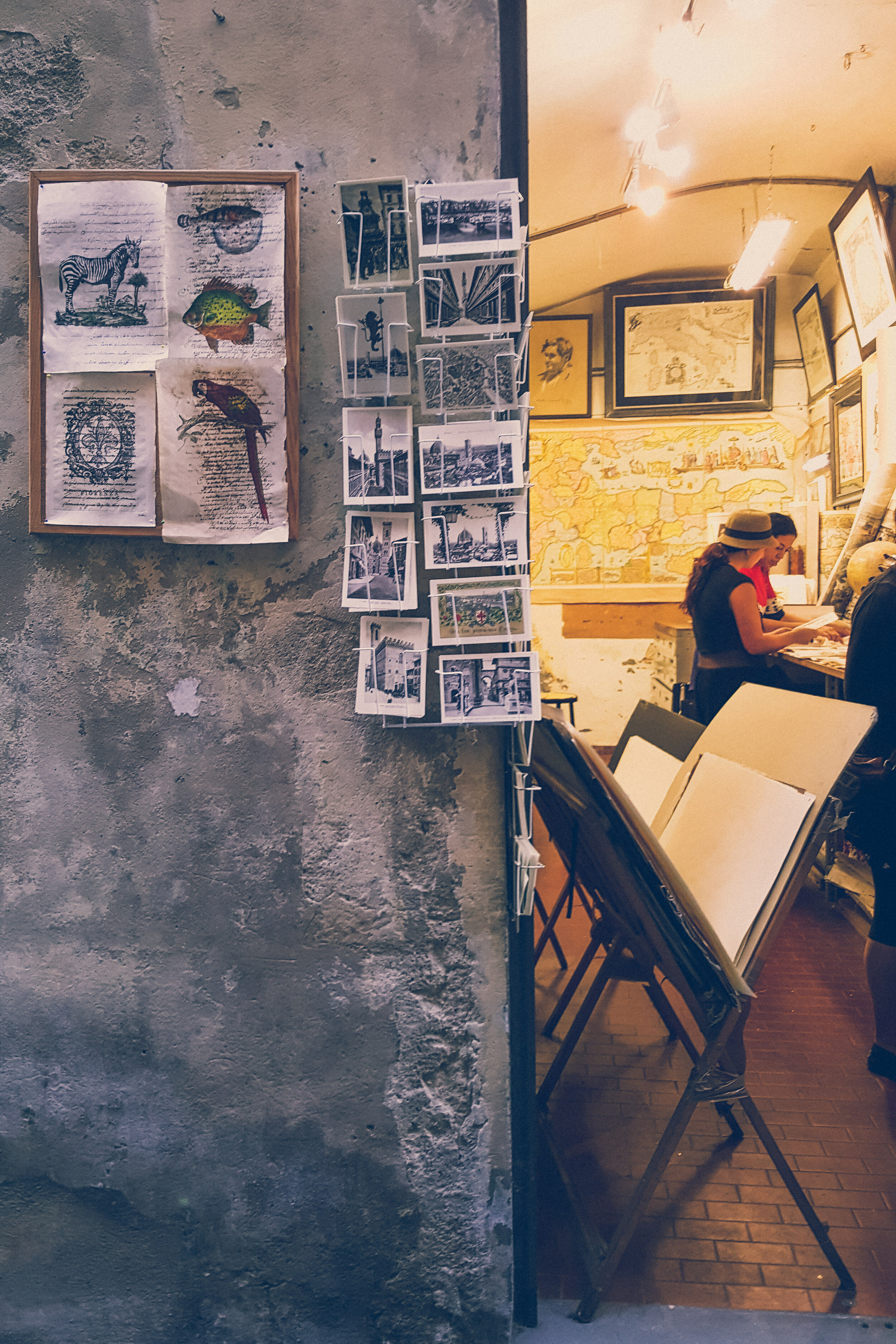
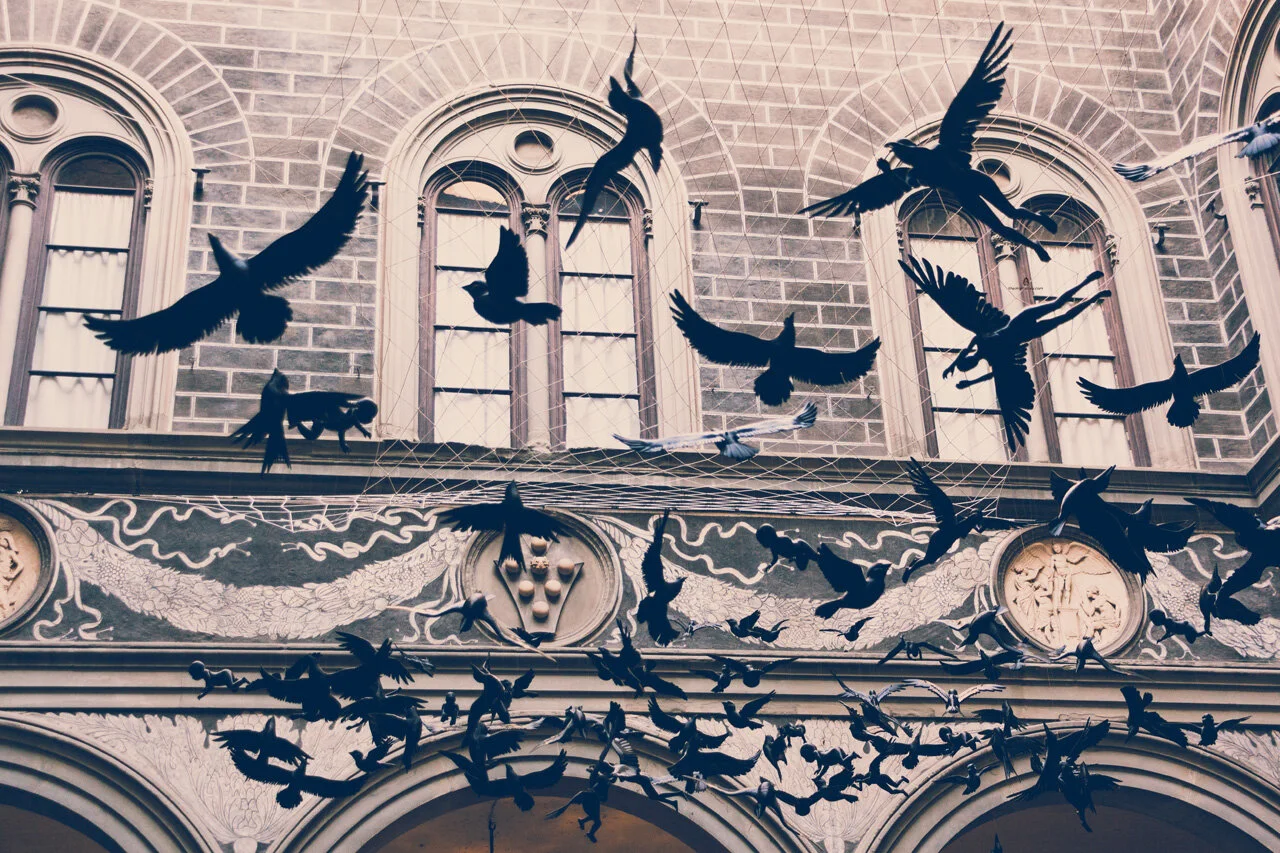

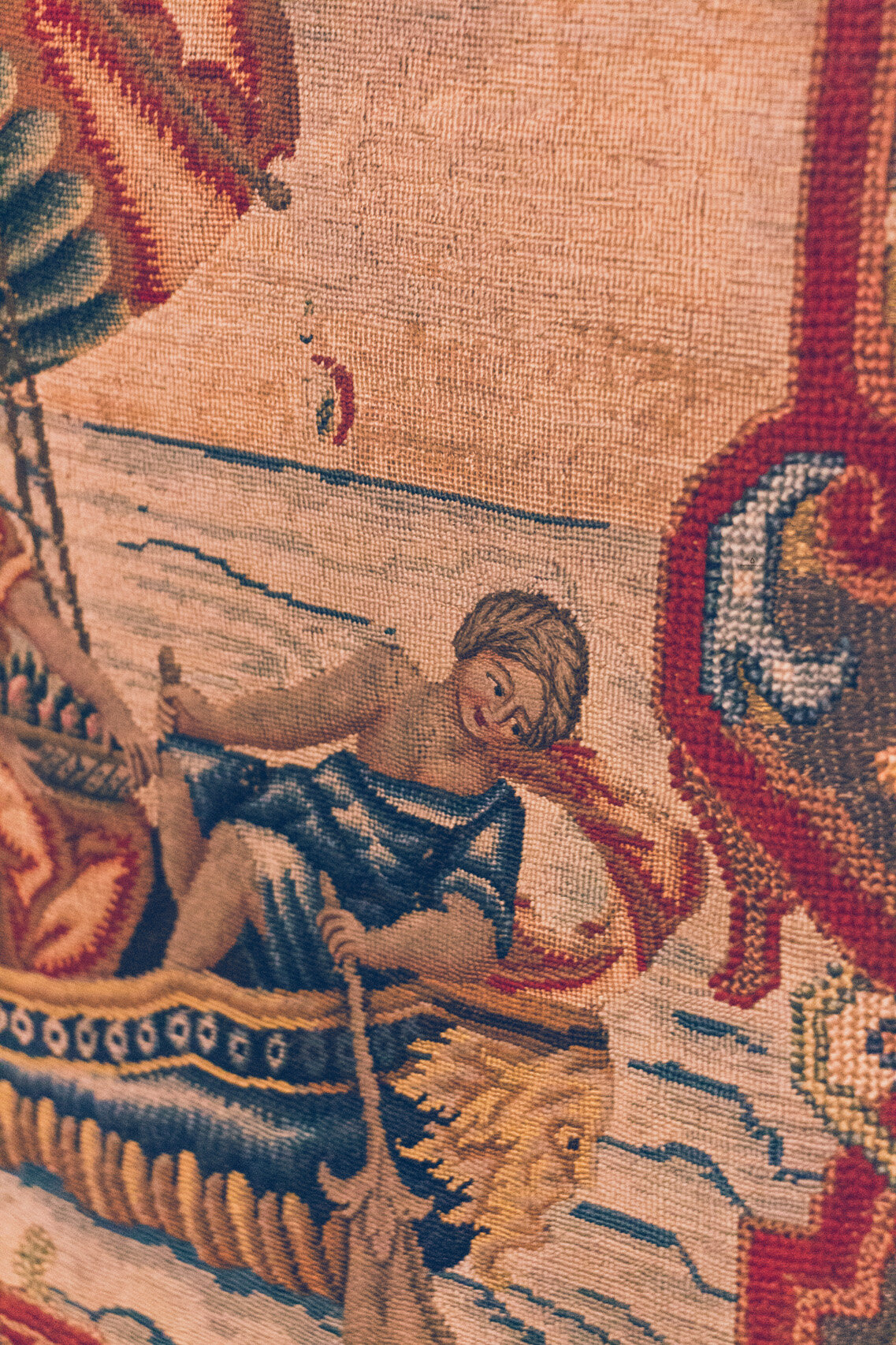
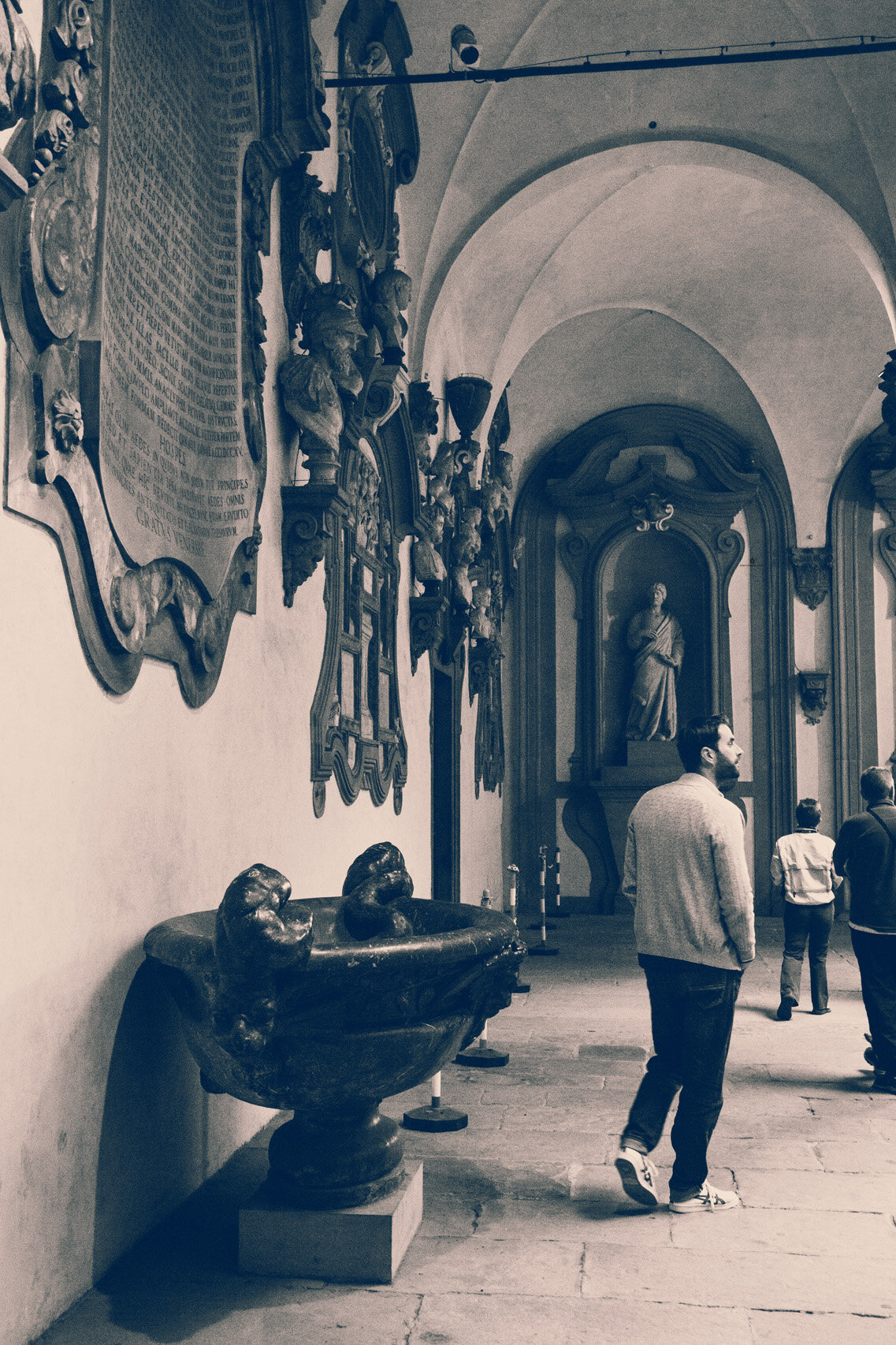
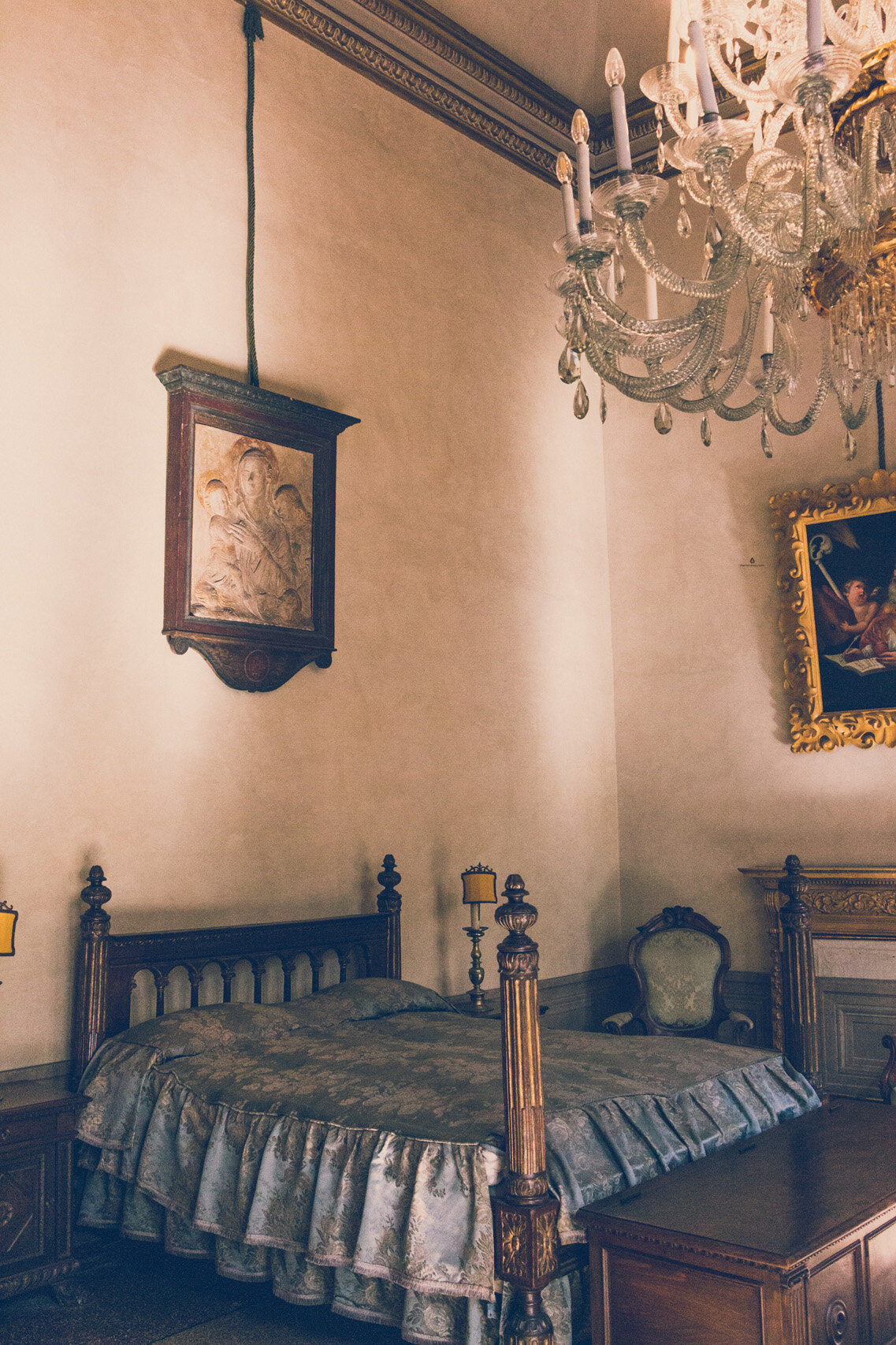
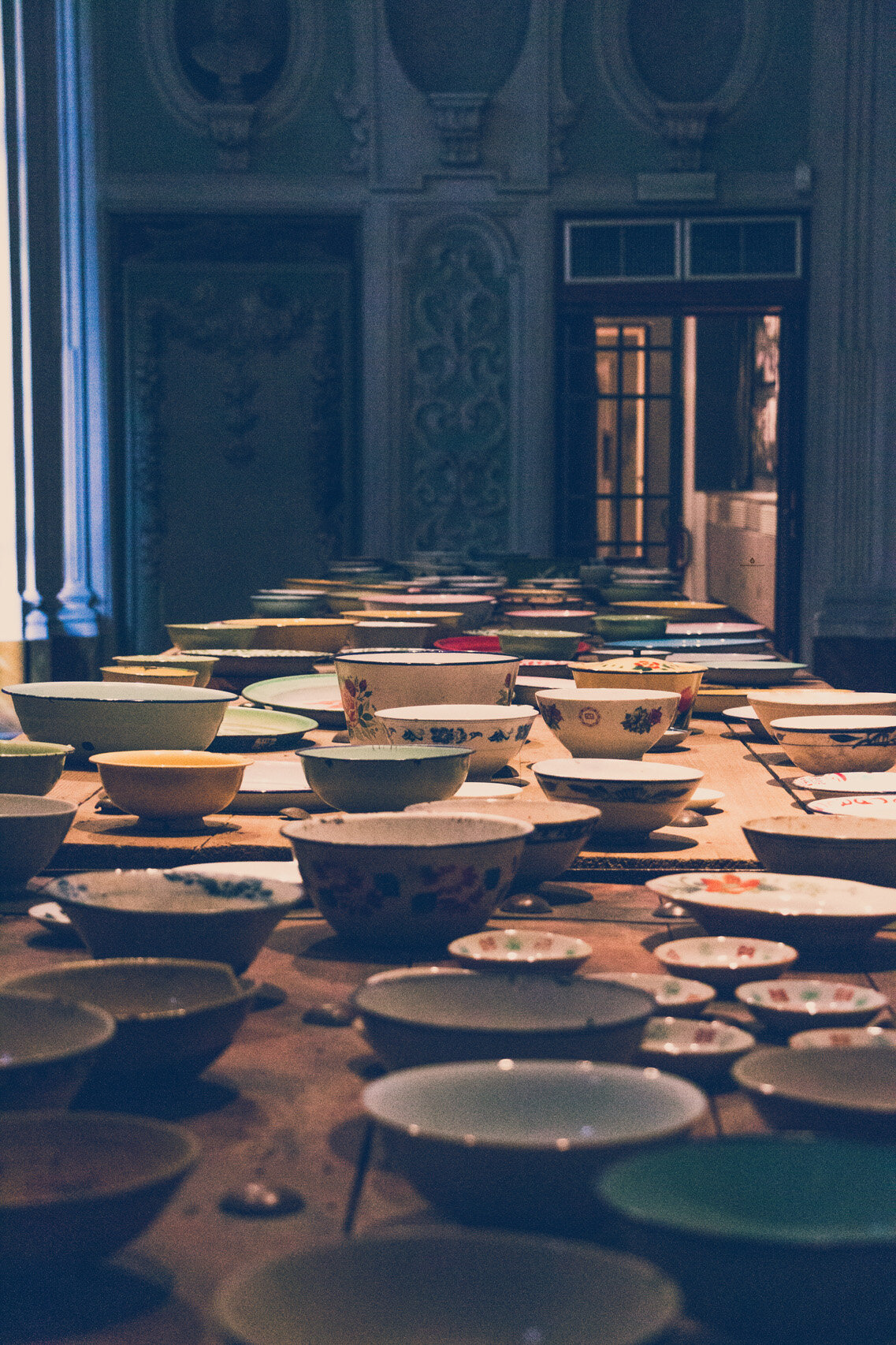
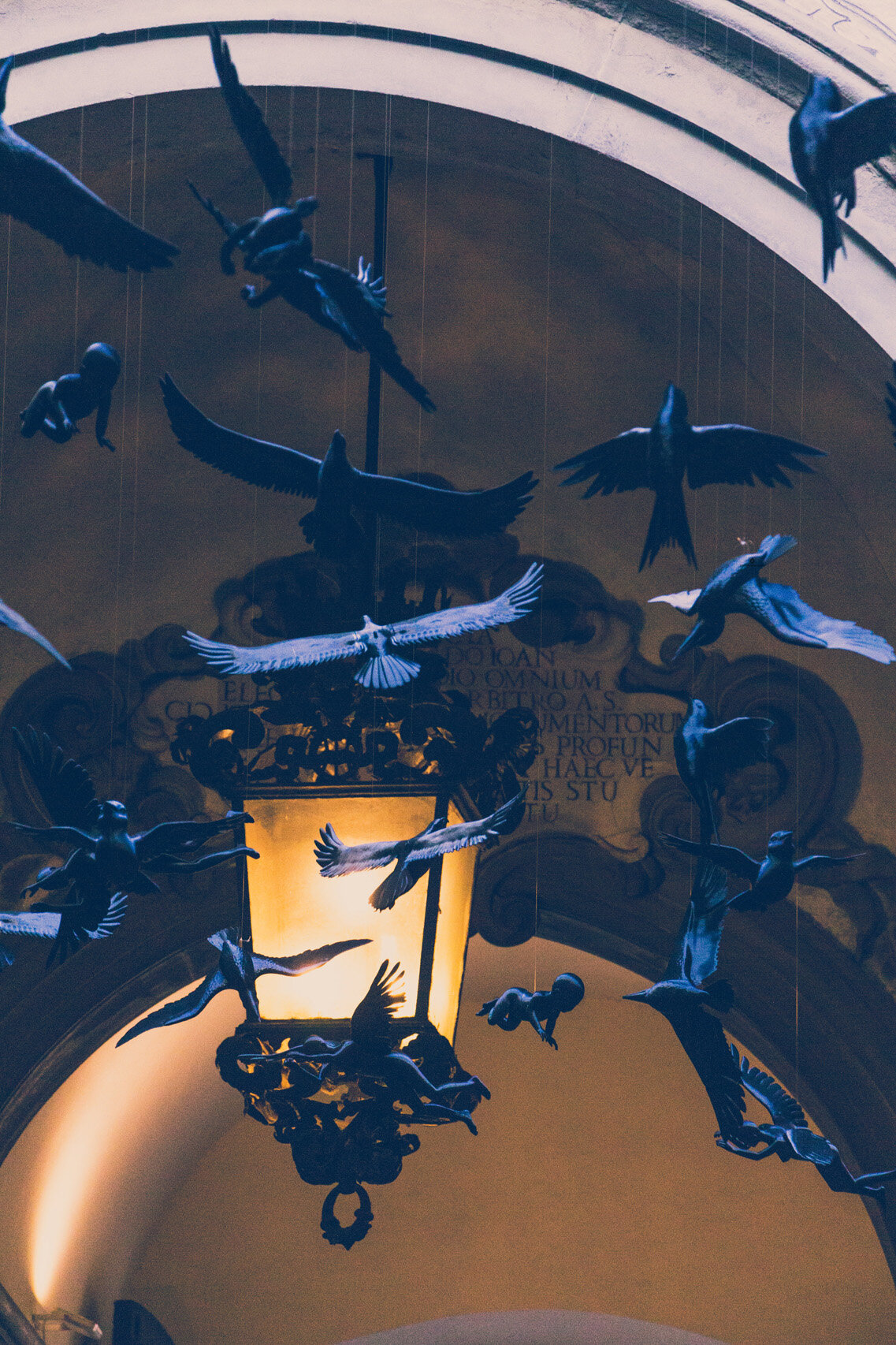
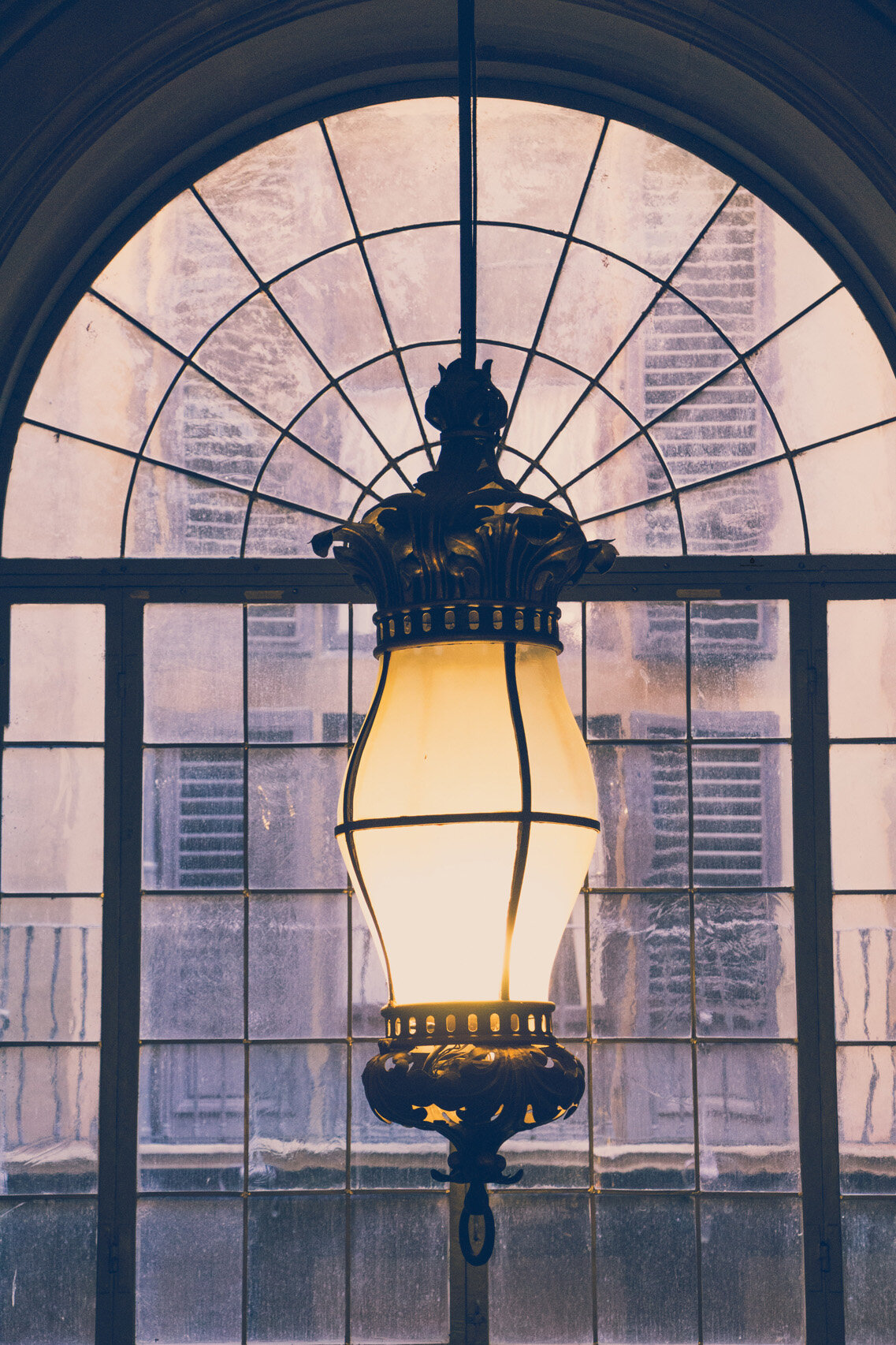
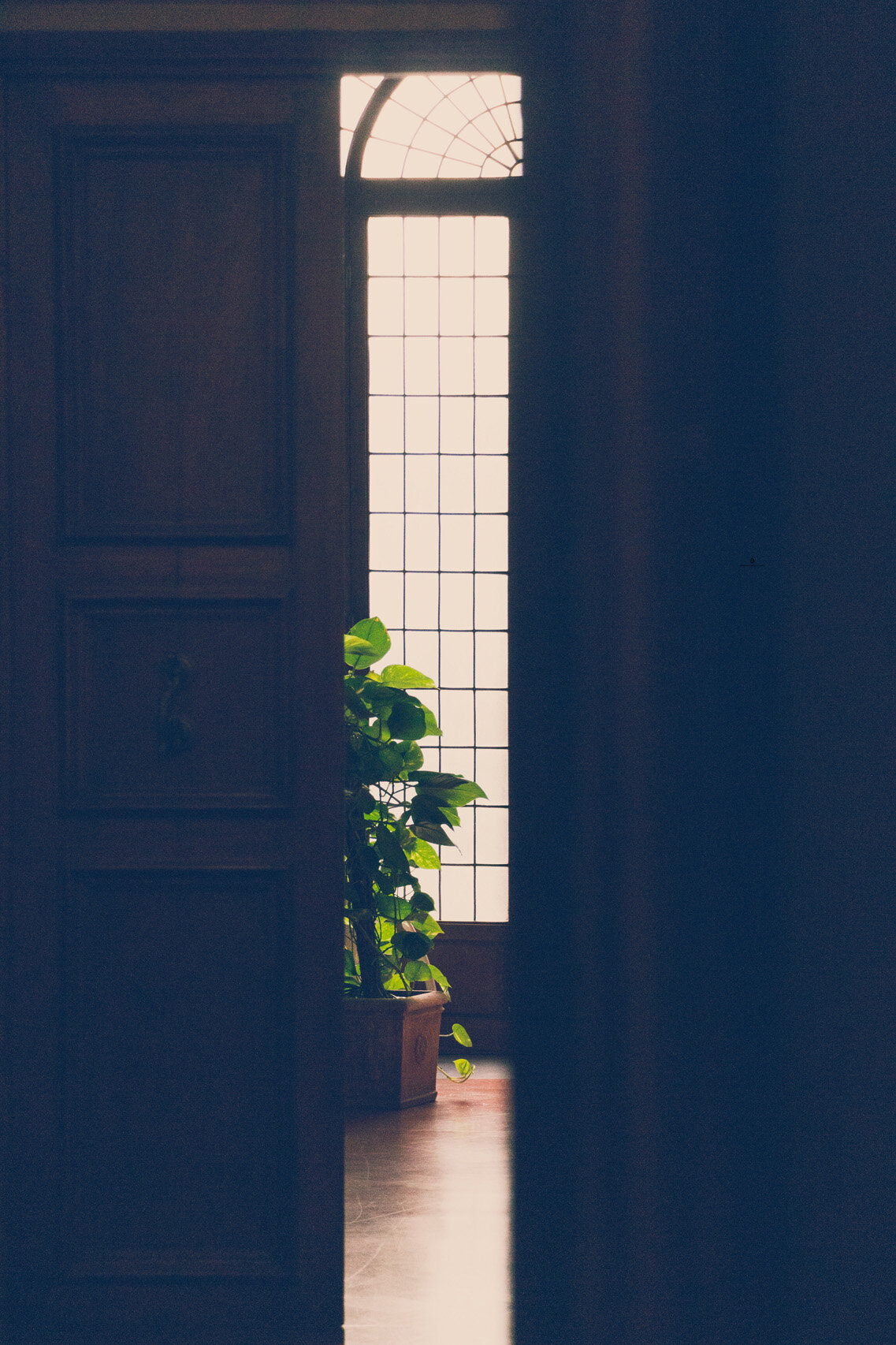

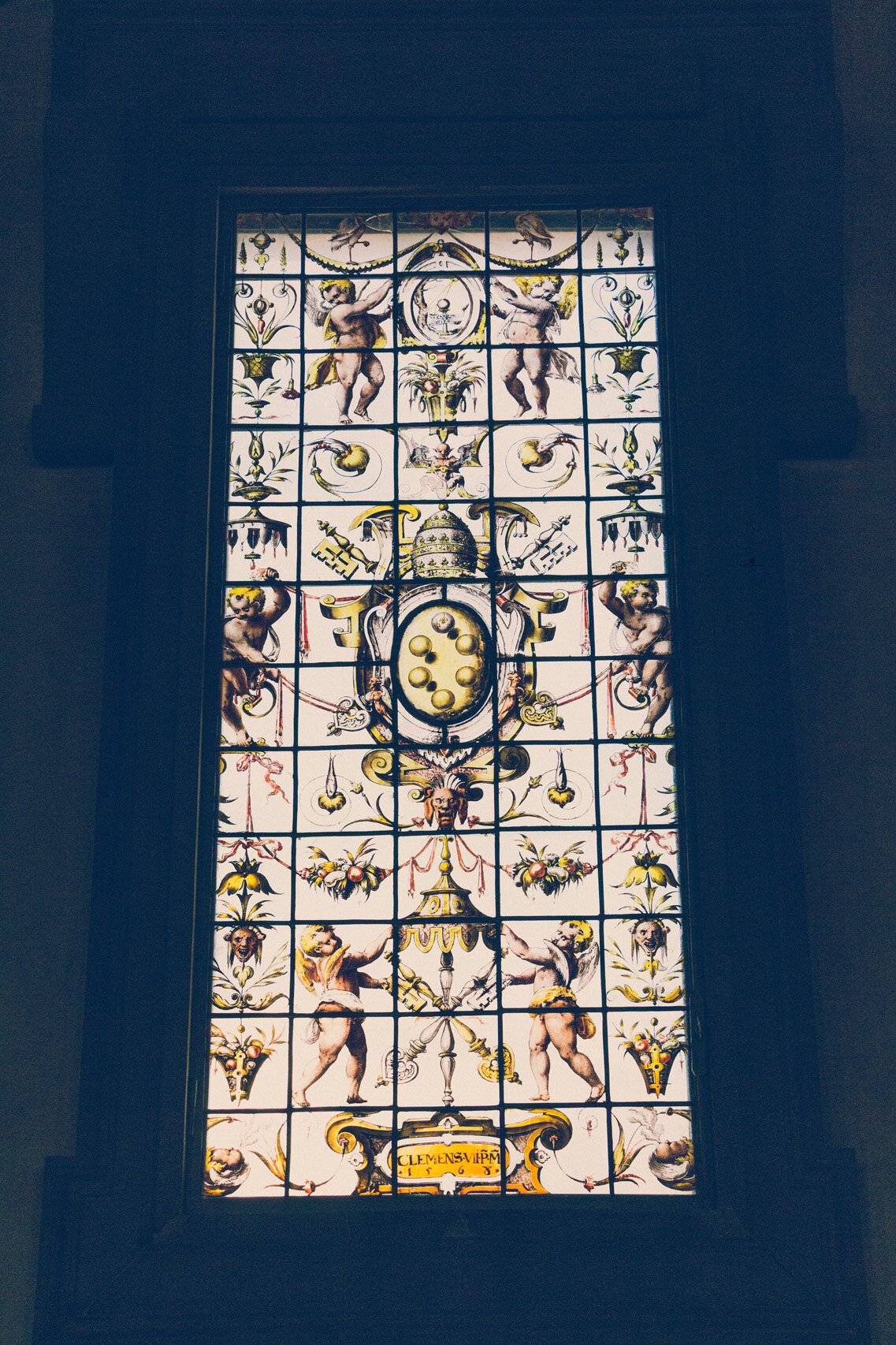
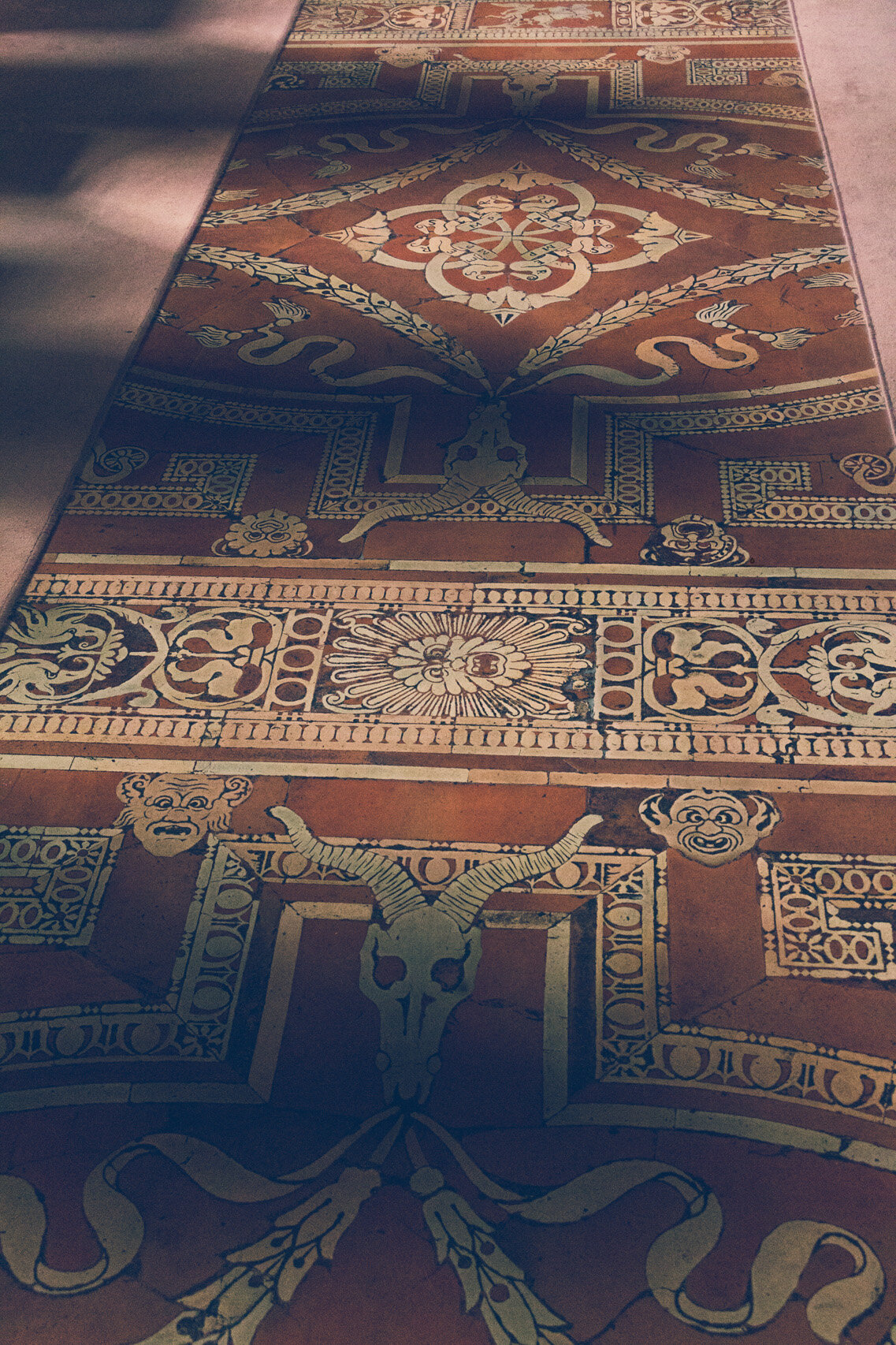

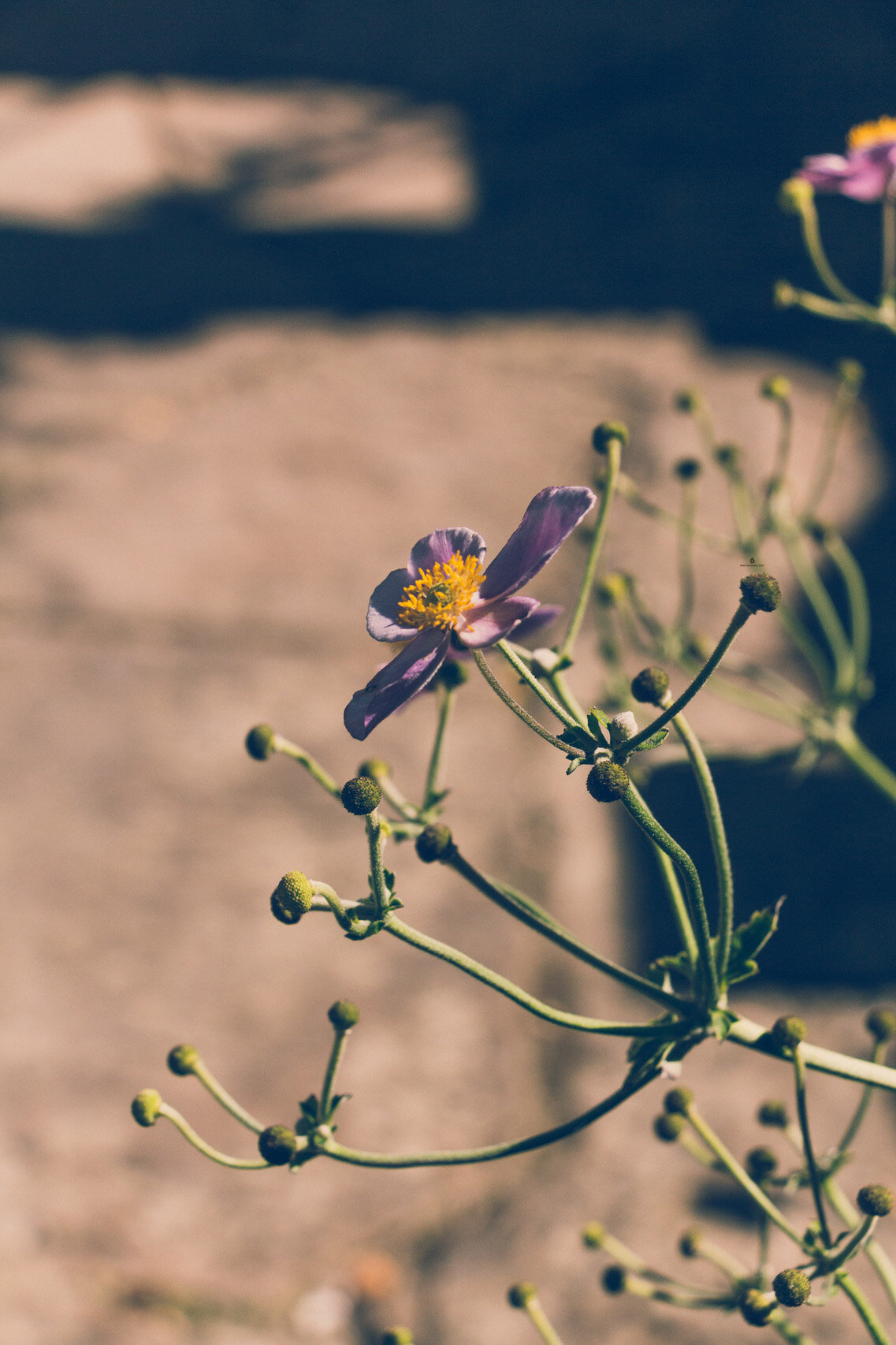
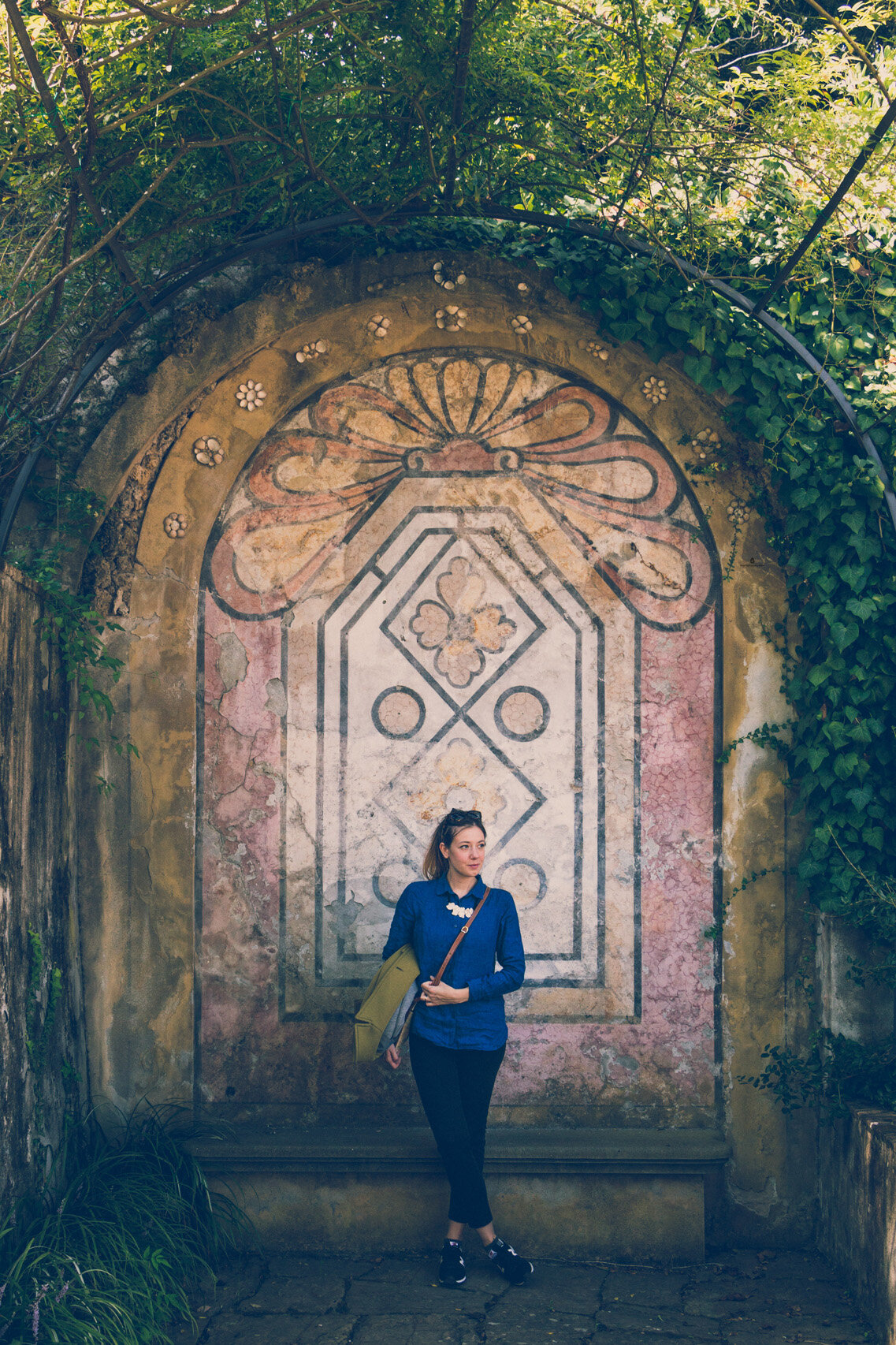

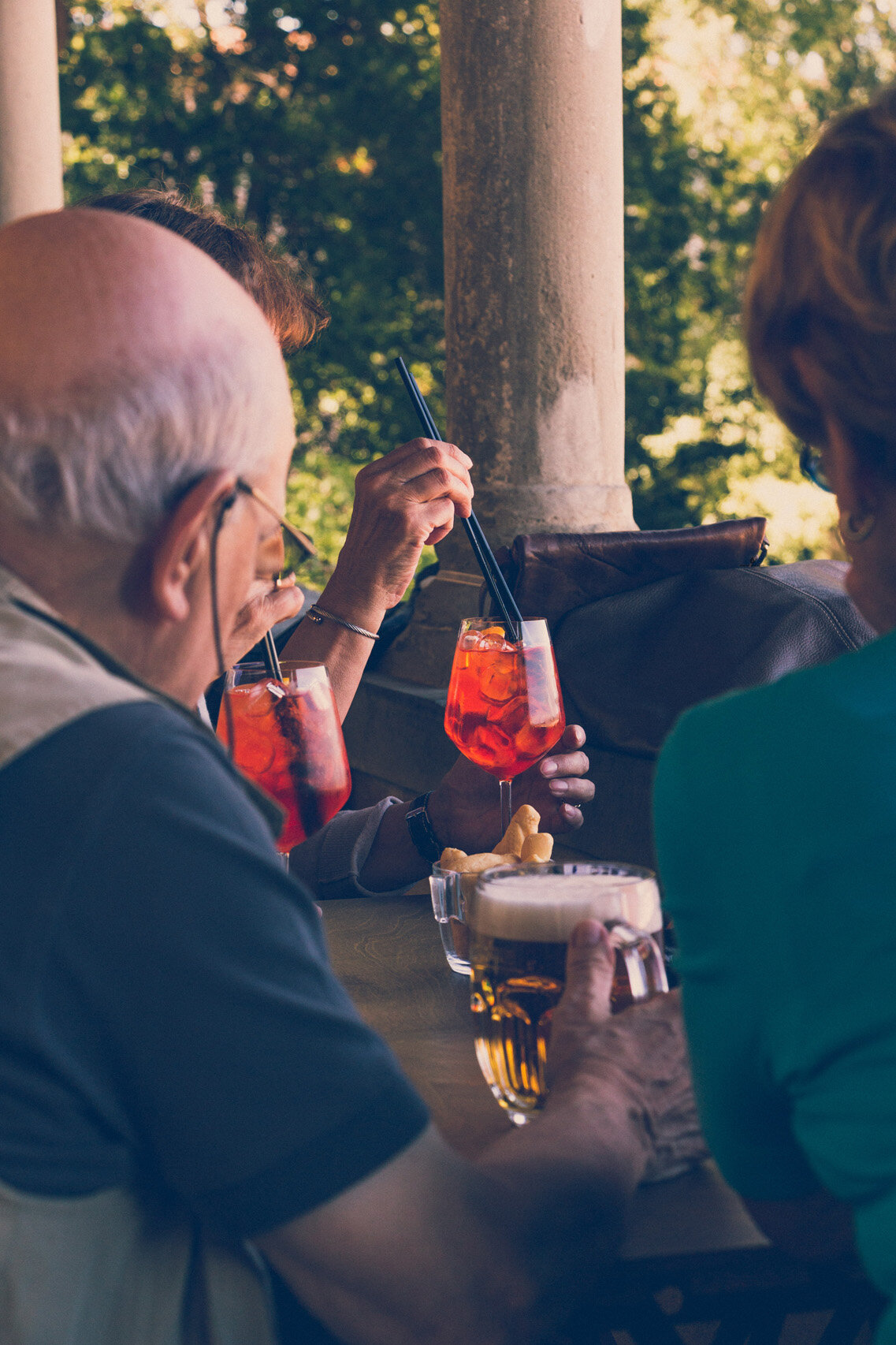
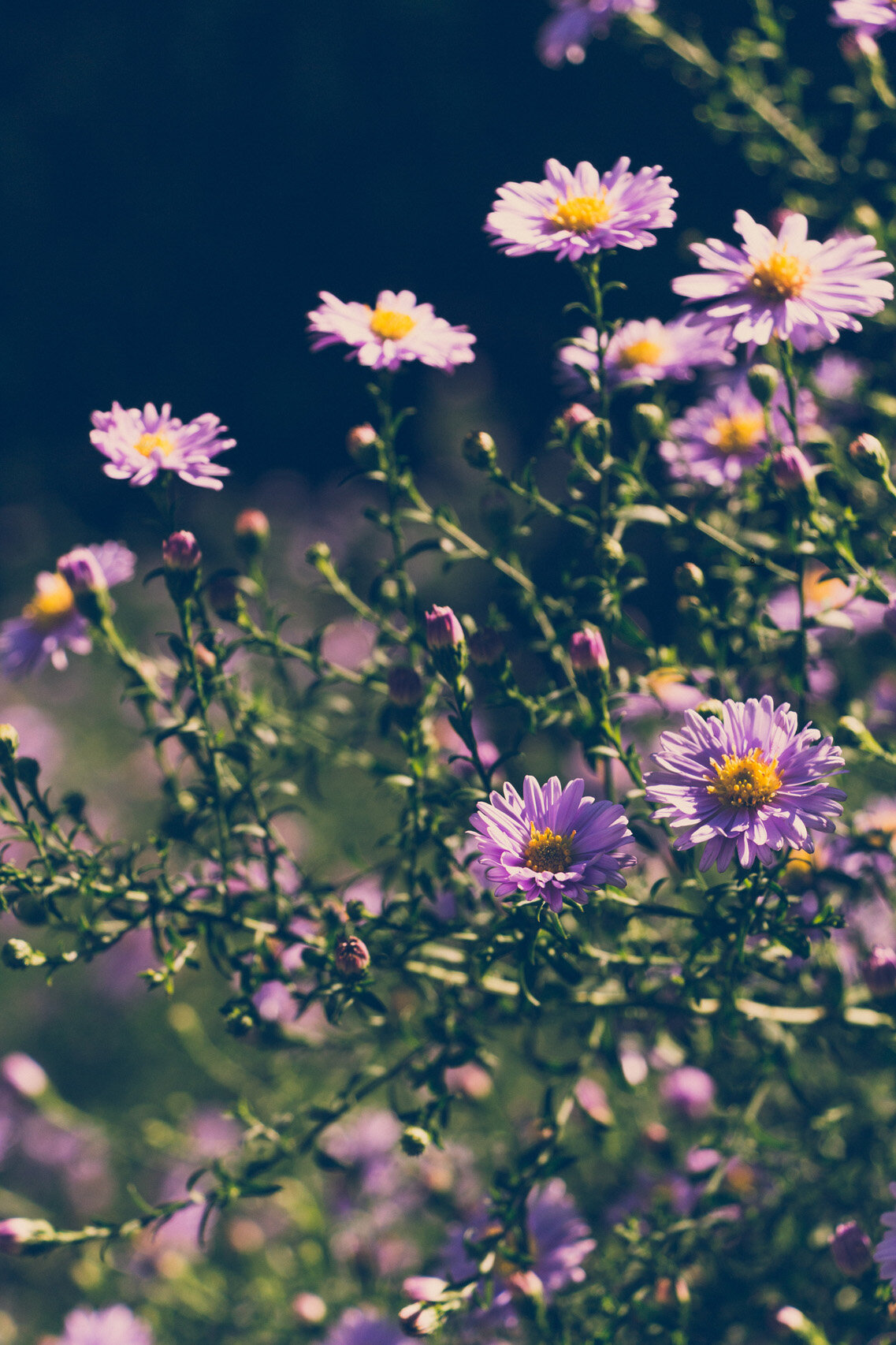

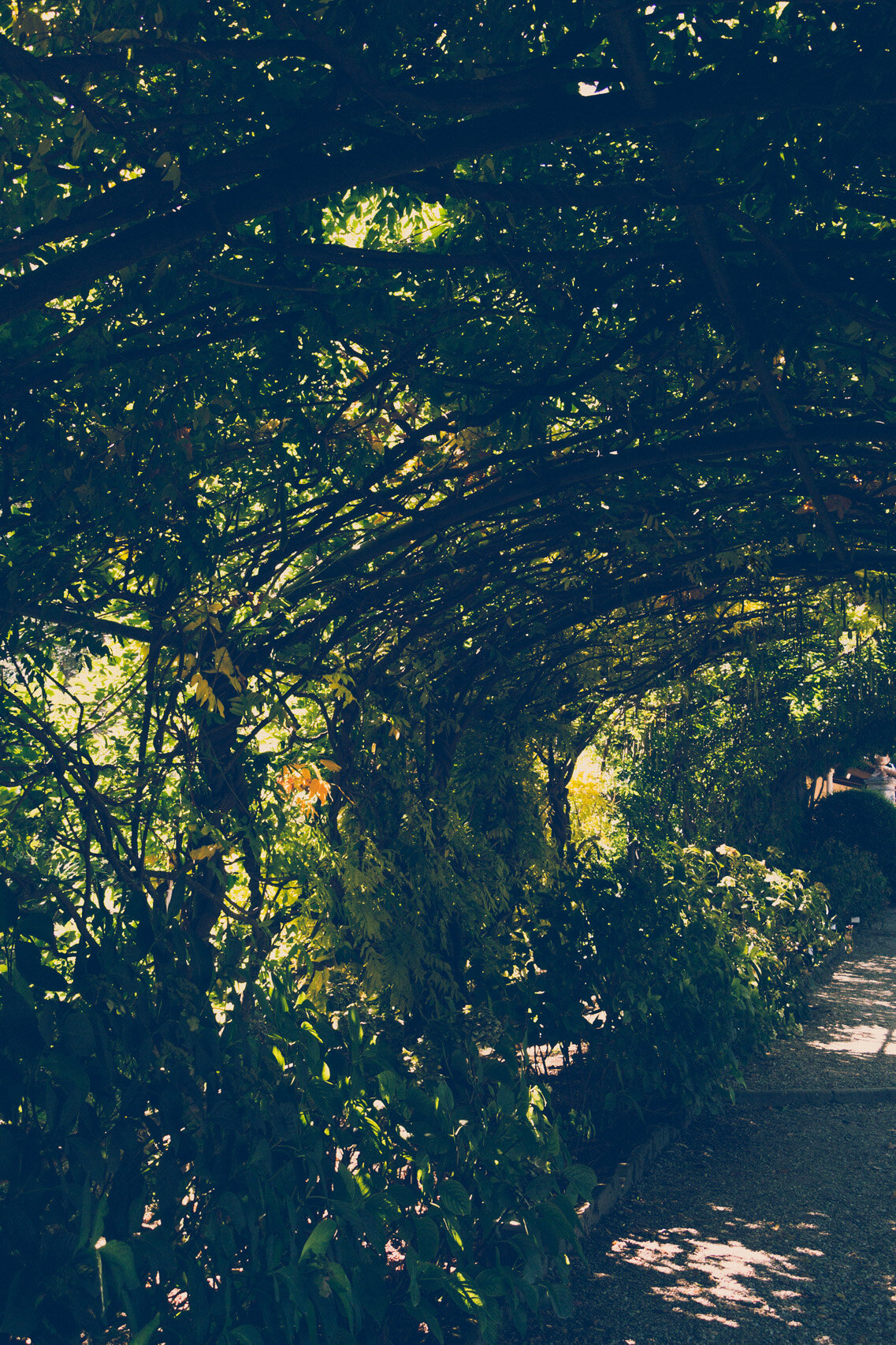
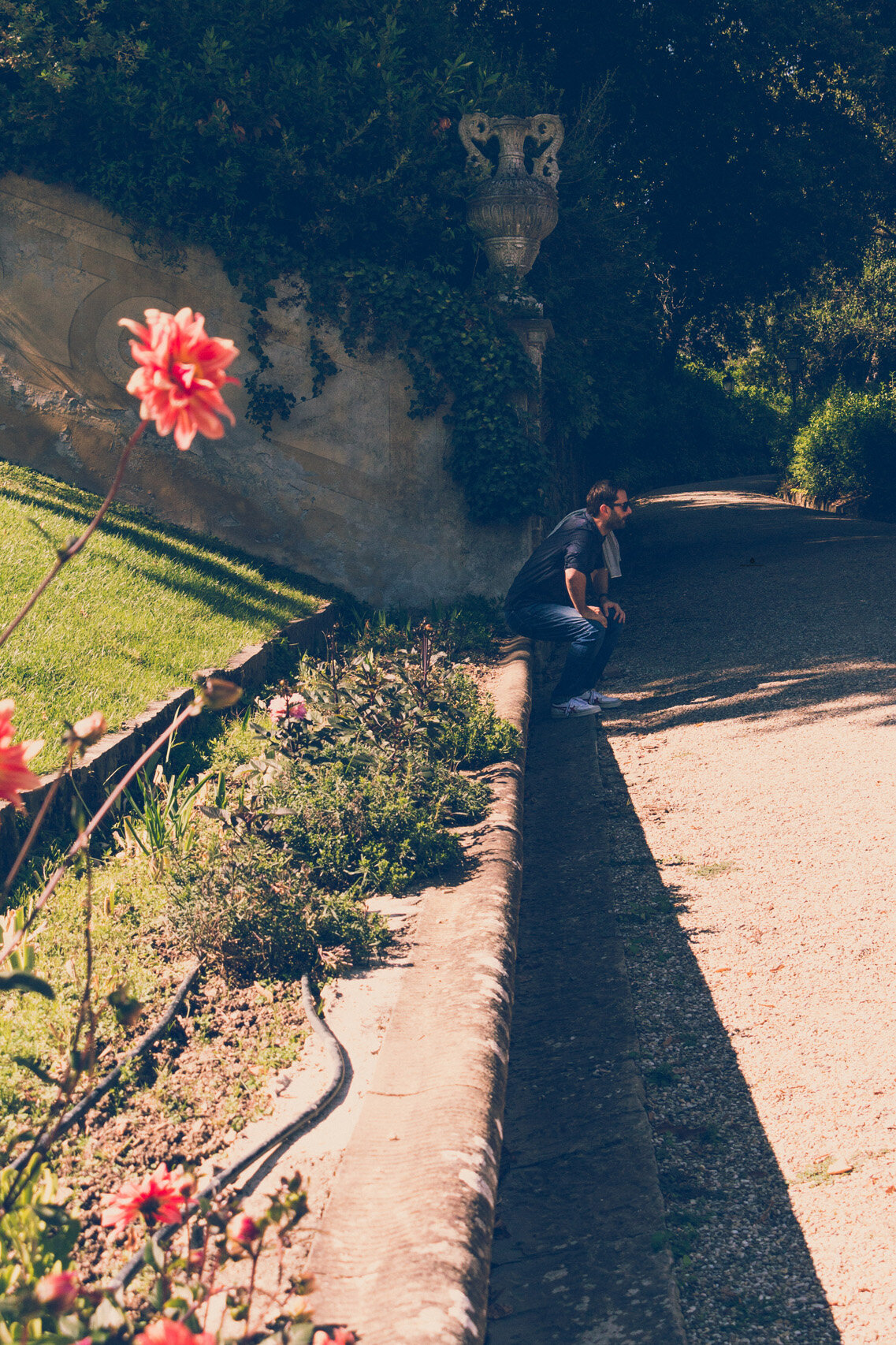

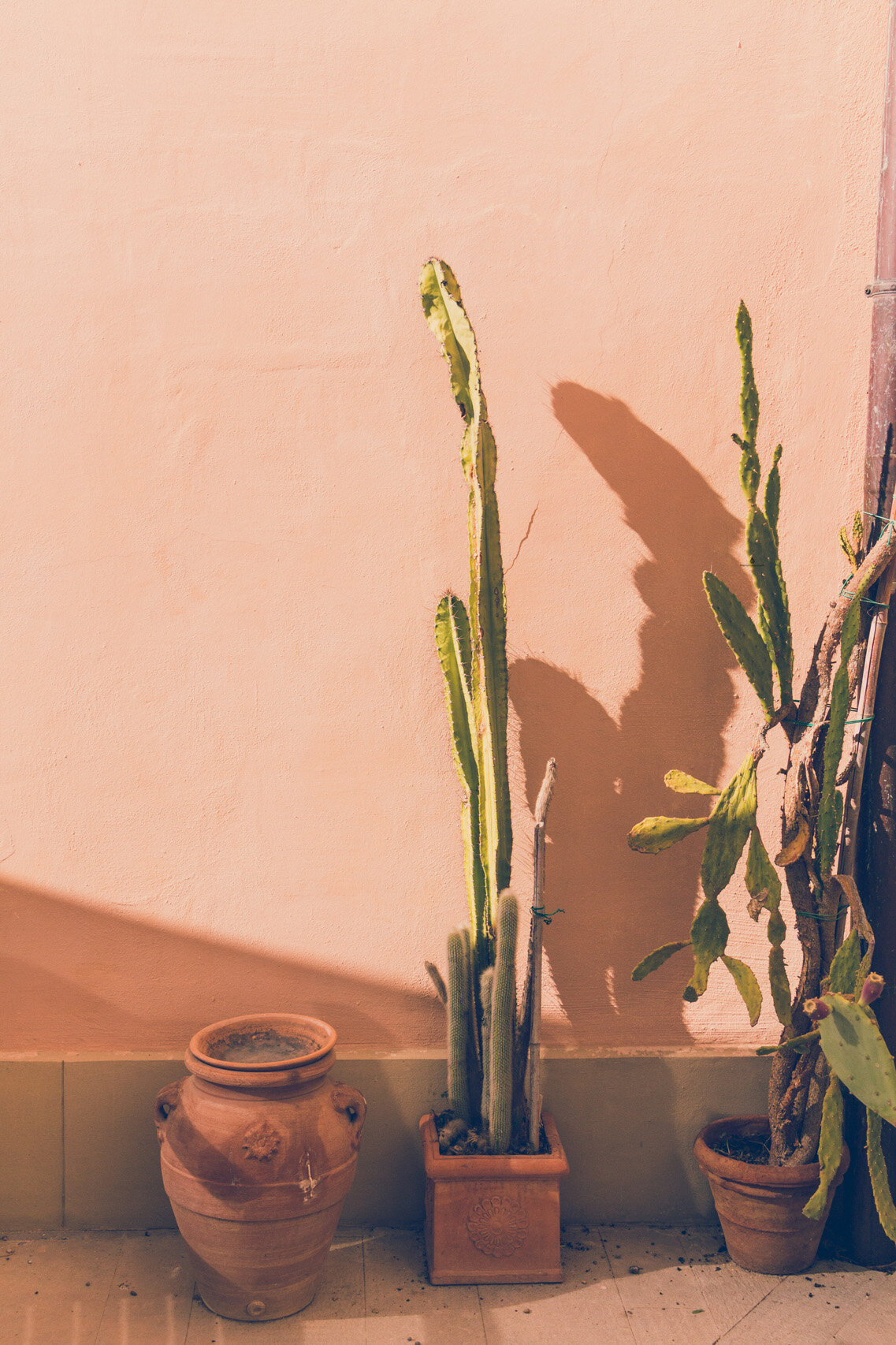
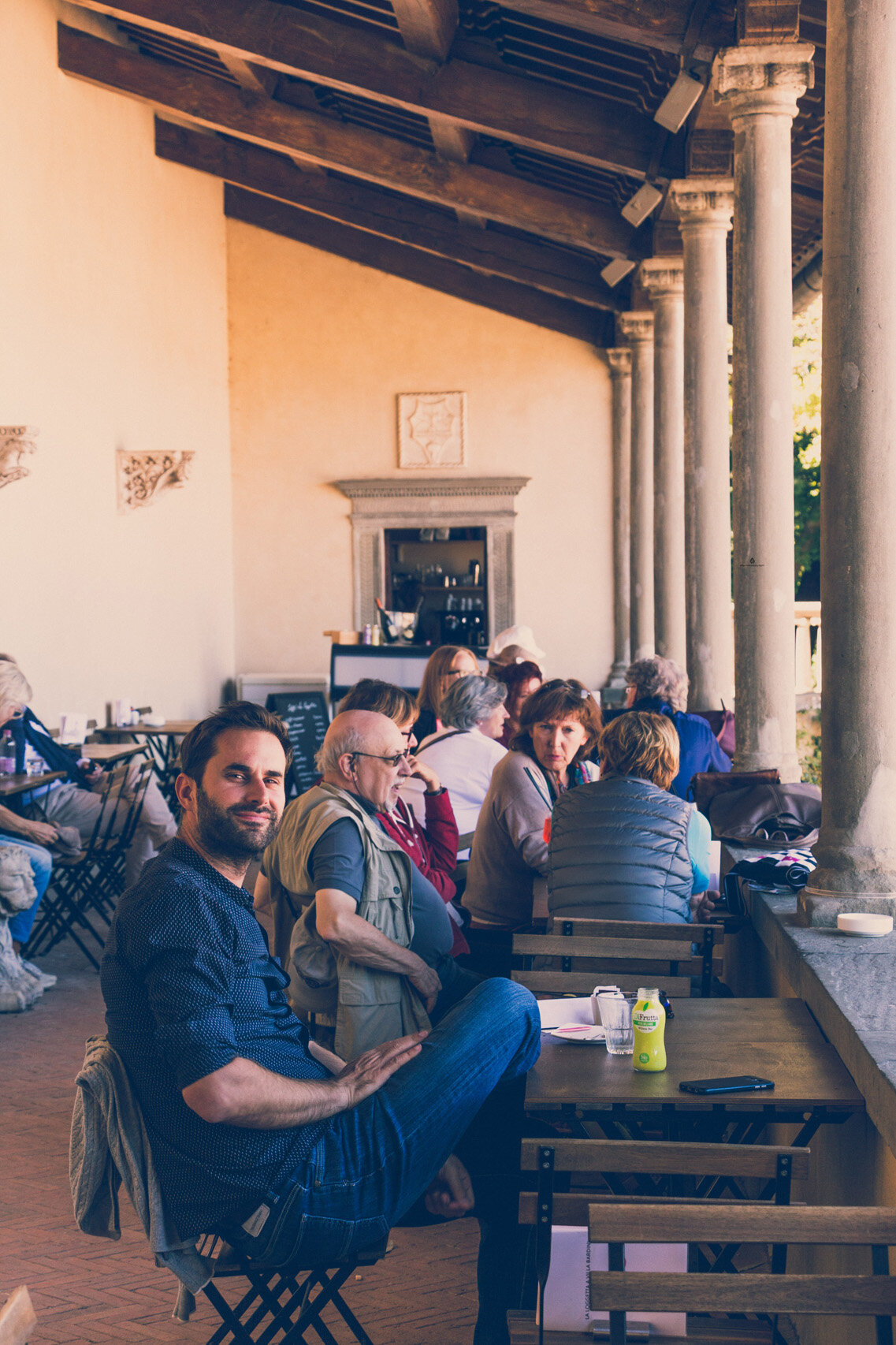

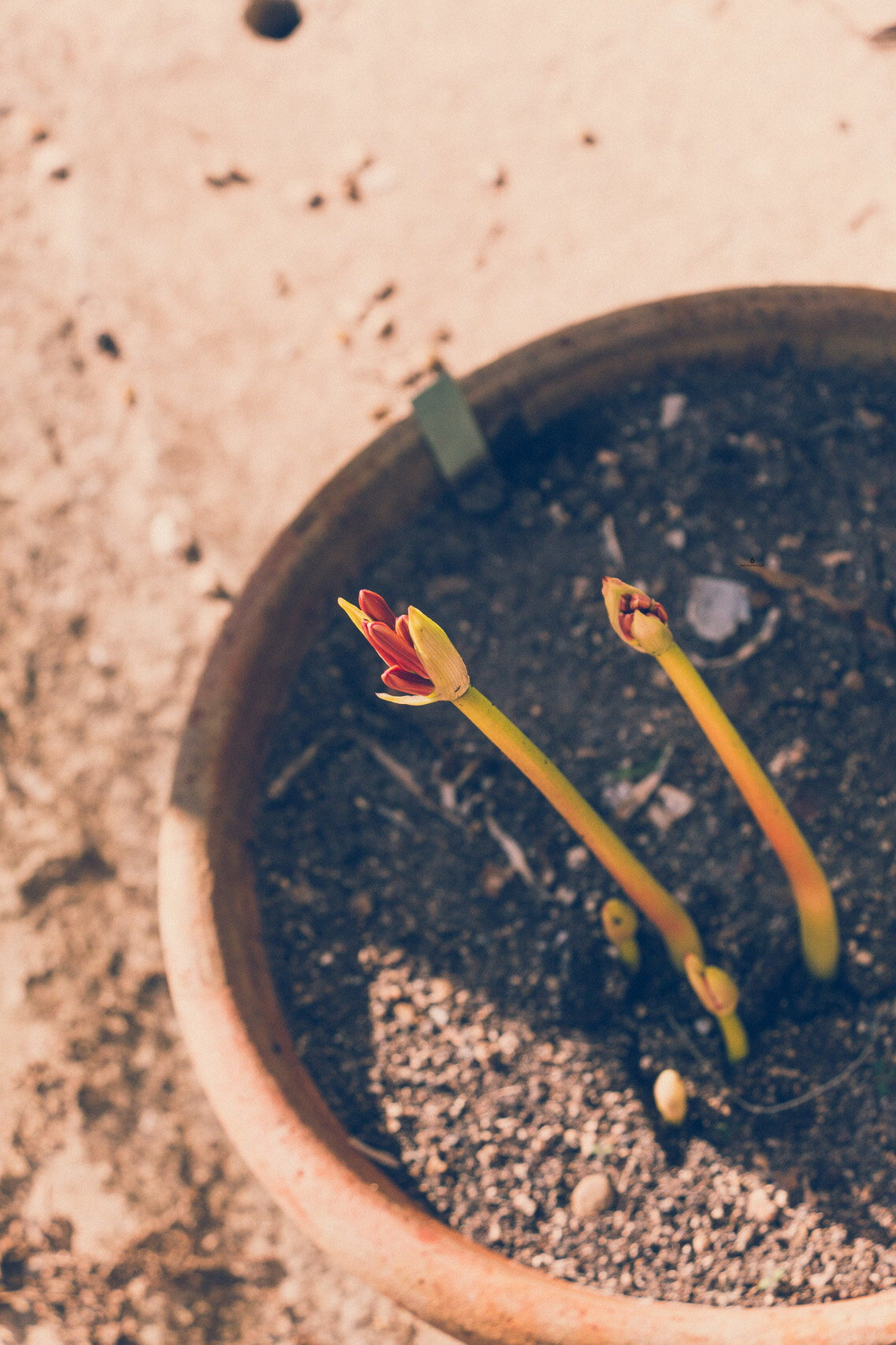
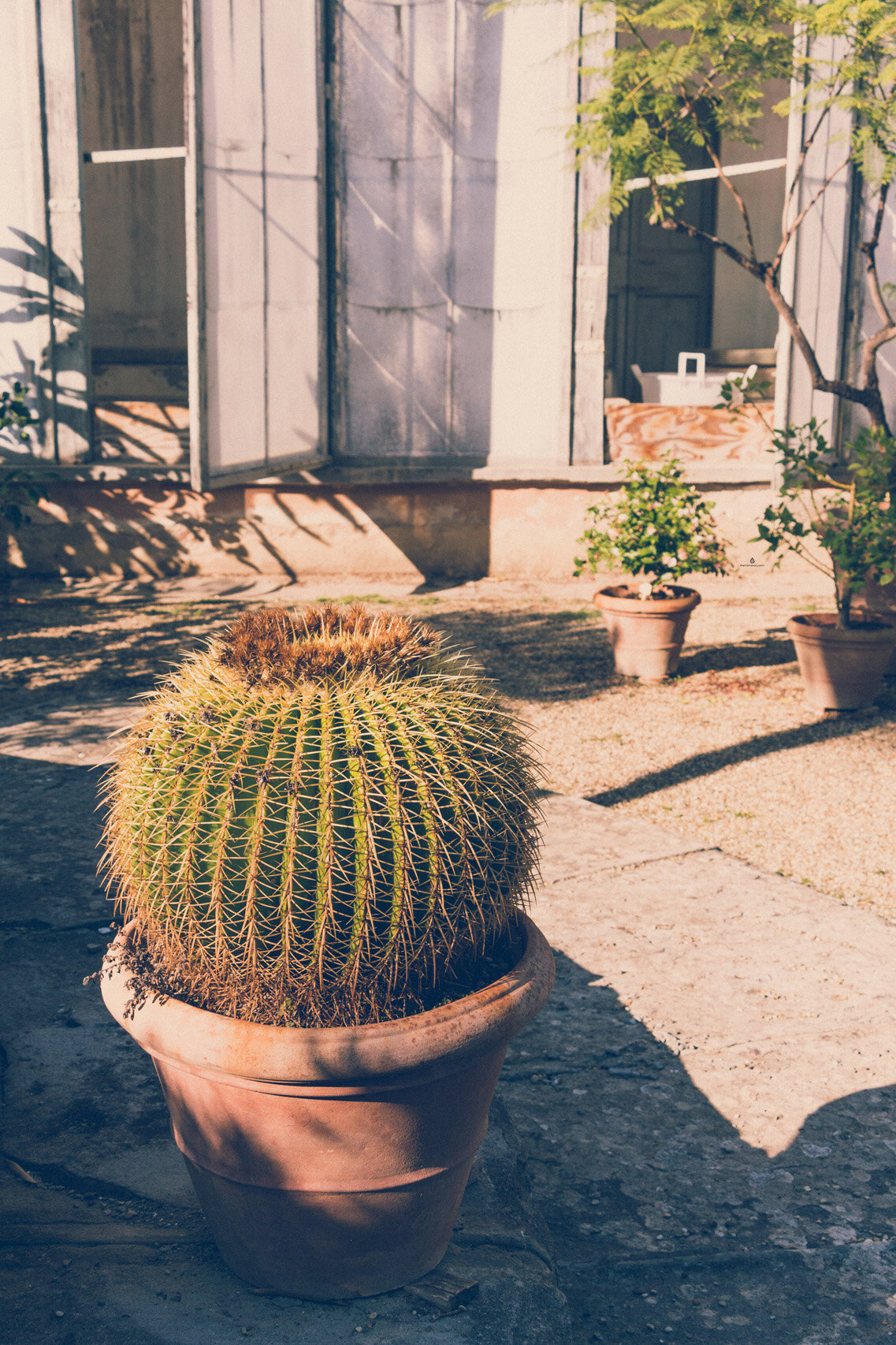

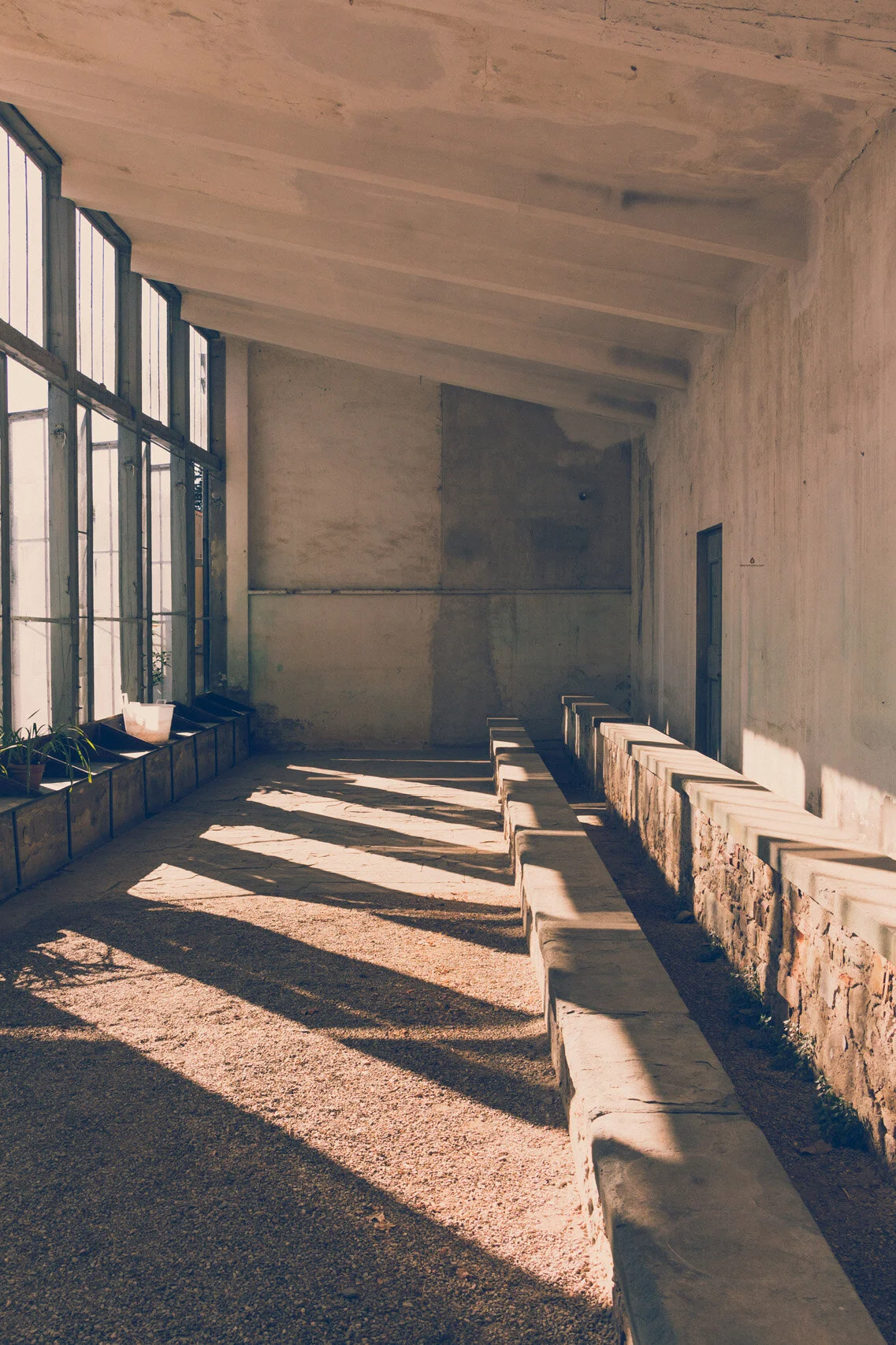
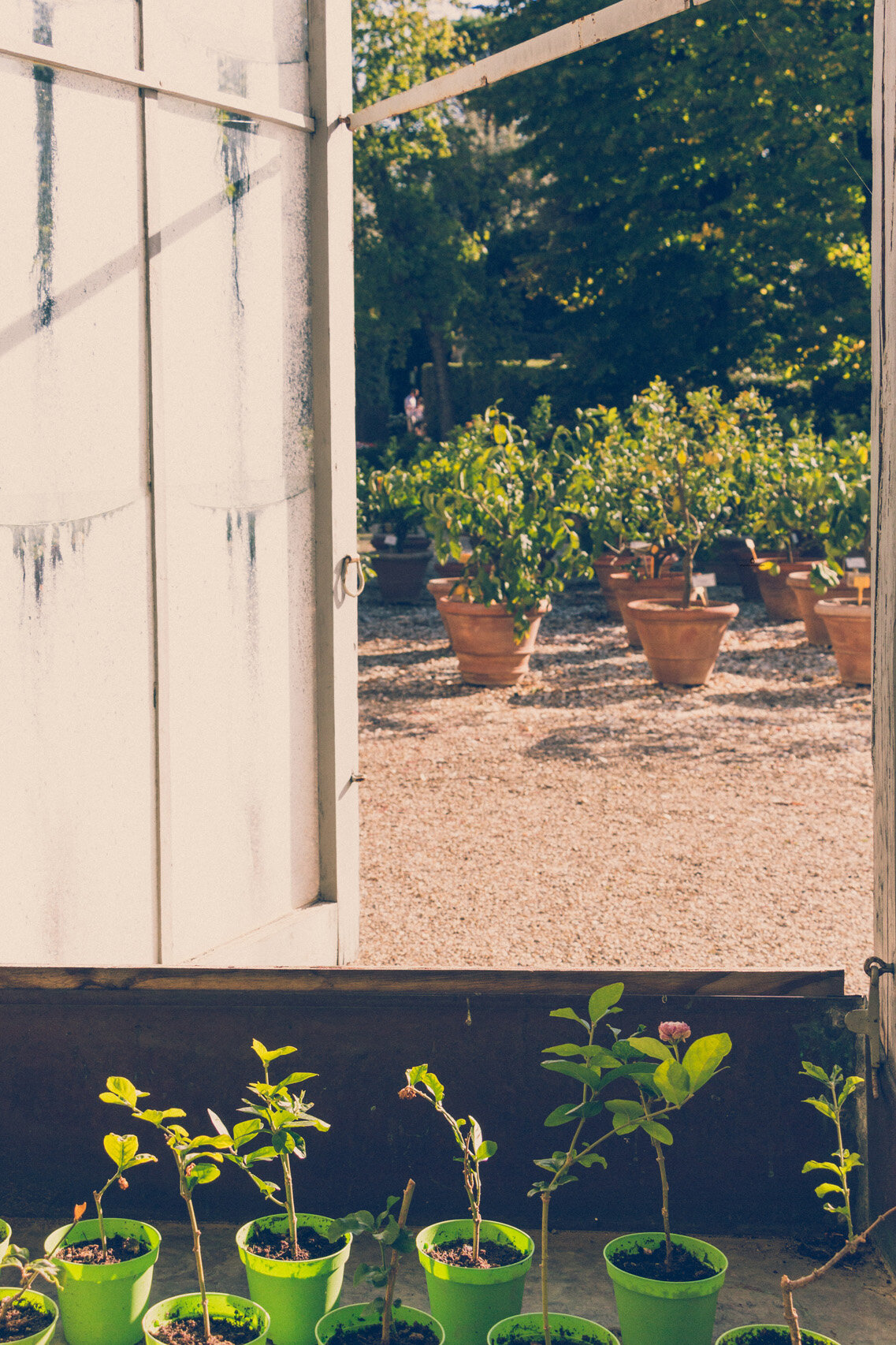

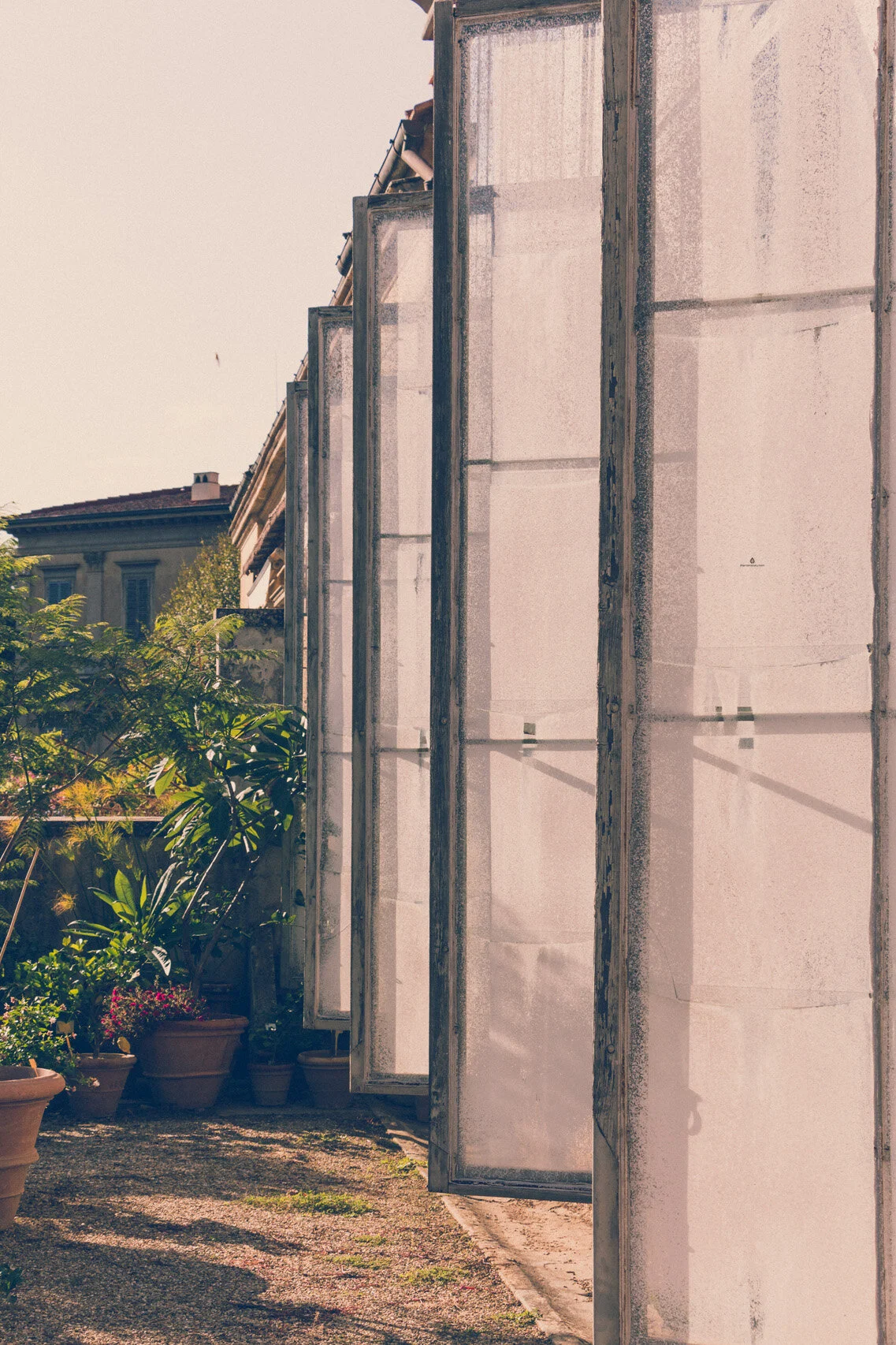

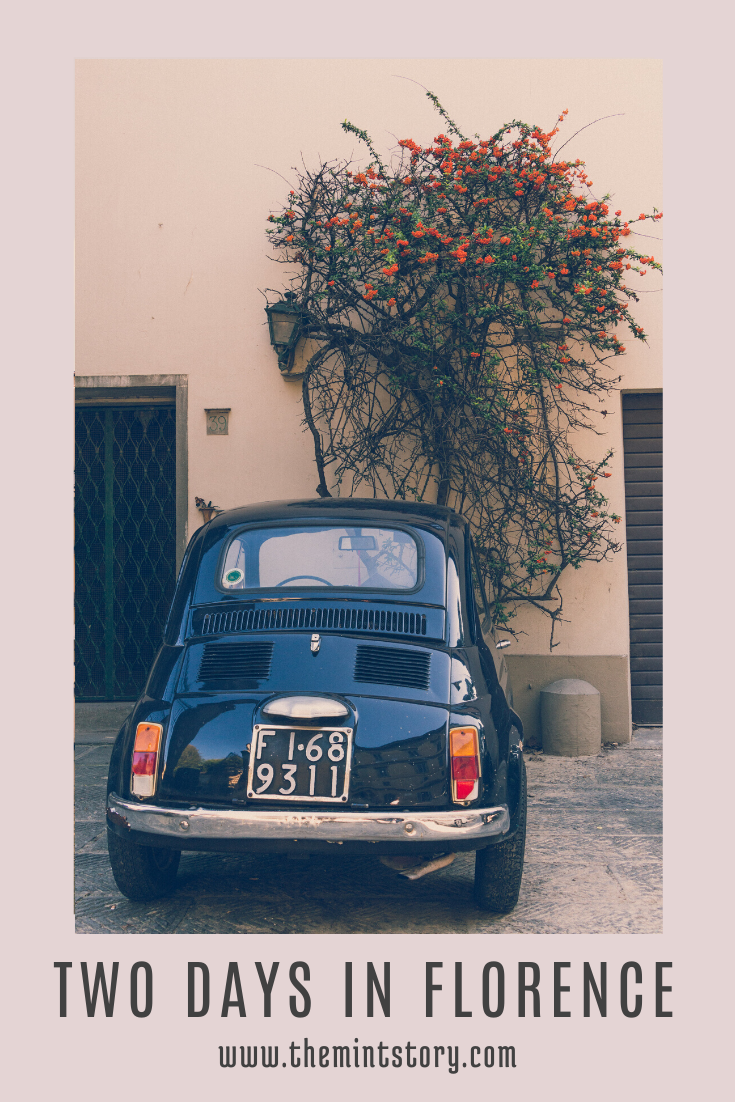
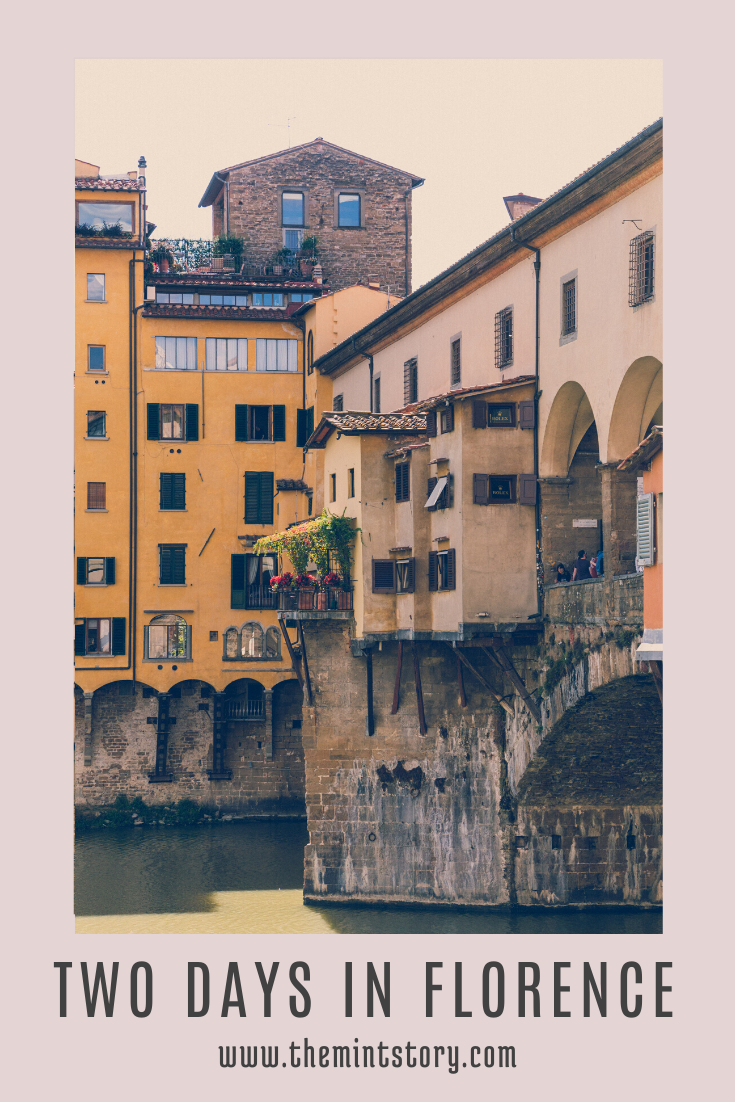





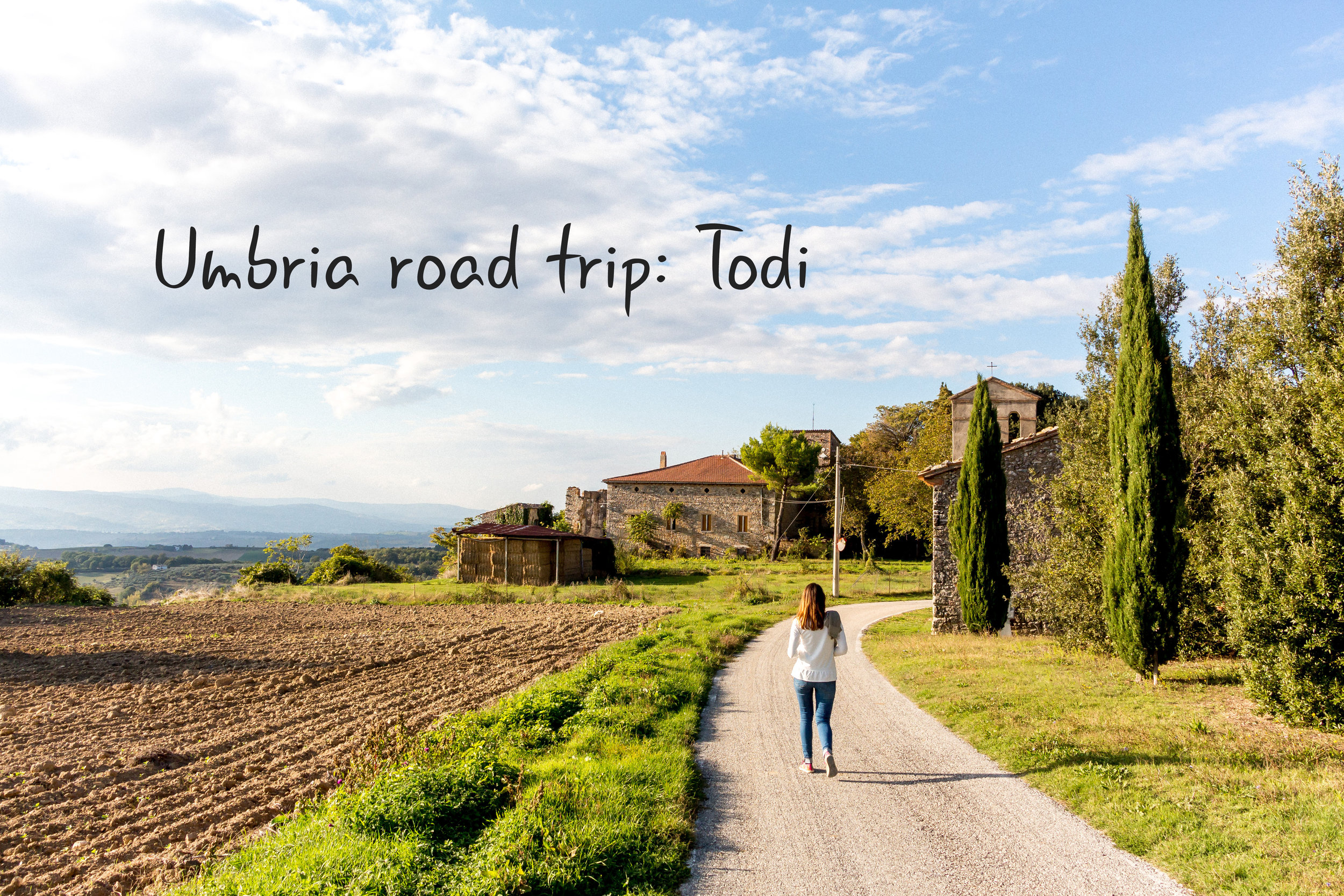


Two summers ago, between a couple of days spent in our dear Padova, and a week on our dear Marettimo, we squeezed in a day trip to Bologna, a little more than an hour’s drive from Padova.